Best 120Hz 4K TV 2025: screens for new consoles and PC
Speedy UHD screens for your console and PC
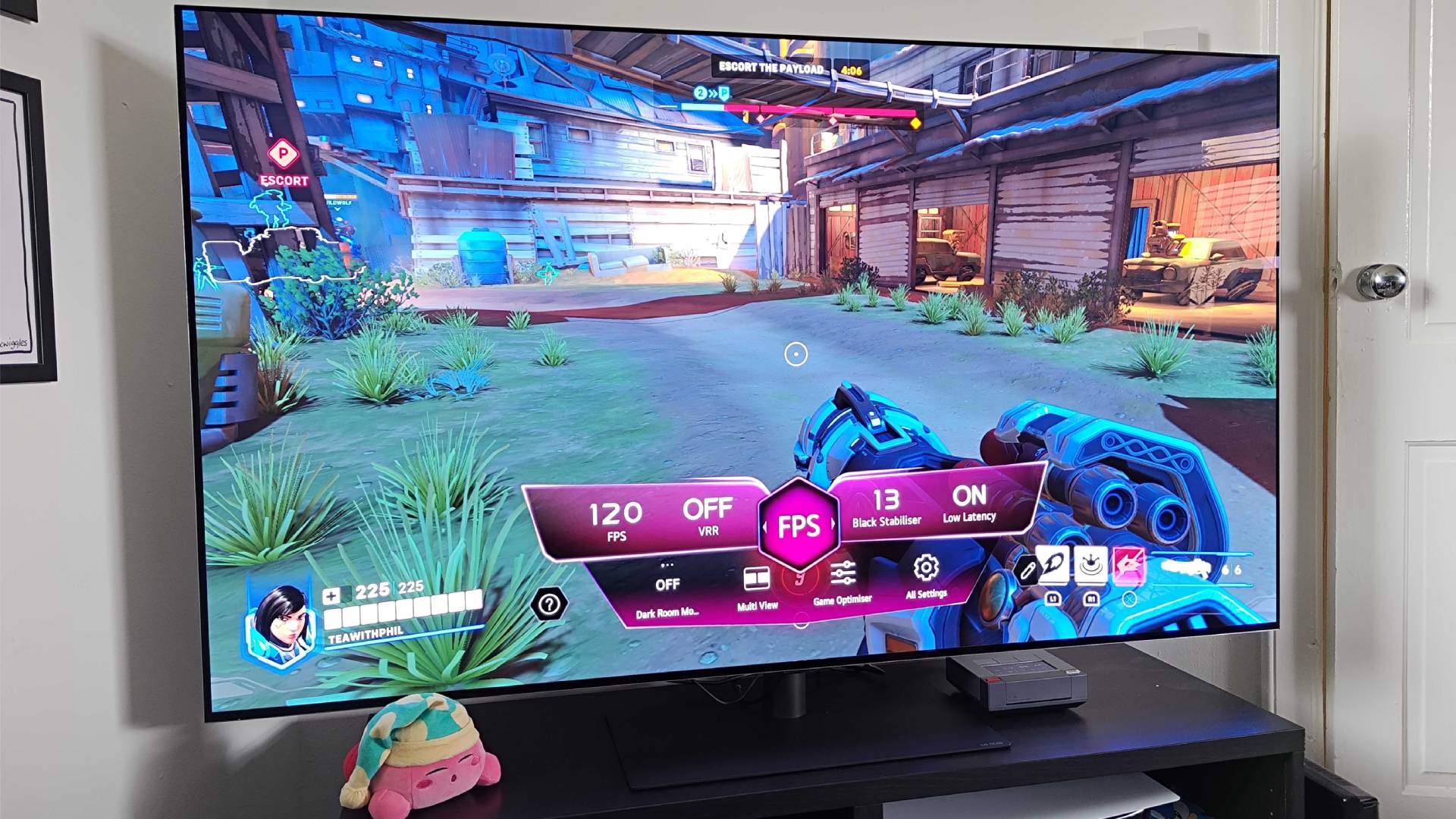
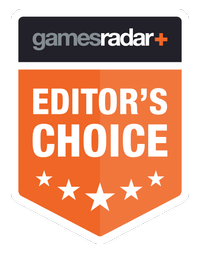
I'm not here to tell everyone to pick up the best 120Hz 4K TV. If you have no desire for faster visuals or a tendency to play competitive shooters, playing at faster refresh rates in the living room might not be that beneficial. However, if you are actively playing your favorite outings at higher frame rates than ever or like to make sure of 120fps in console capers, I've got a bunch of models to recommend.
Many of the best gaming TV contenders just so happen to be at least 120Hz. My go-to premium panel for 120Hz 4K gameplay just so happens to be the LG OLED G4, which happens to pair incredible vibrancy with slick 144Hz abilities. The extra speed will come in handy if you want to play PC games in the living room, but it's also more than enough for playing shooters like Overwatch 2 and Valorant on the PS5 and Xbox Series X.
In truth, the best 120Hz 4K TVs aren't even considered cutting edge anymore. You've got new models like the LG OLED G5 providing 165Hz abilities that that put some of the best gaming monitors to shame, so it's safe to say the lines are blurred. Nevertheless, I've got a bunch of models to recommend that will cater to a variety of use cases and budgets, and you'd be surprised how affordable high refresh rate screens are in 2025.
The quick list

Armed with a gorgeous OLED panel that can handle 120Hz and beyond, LG's 2024 flagship is our top pick for console and PC.

The C3 model might not boast flagship specs, but it's still one of the best displays on the market right now for players seeking 4K 120Hz visuals.

The X90J manages to pack some excellent features for its price, with Dolby Vision, stunning fidelity, and fantastic audio system at a surprising price.
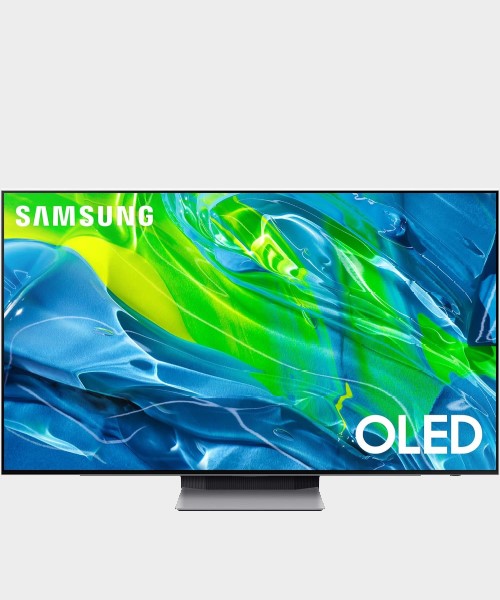
If you prefer Samsung's color palette you'll find the S95B offers up an excellent 120Hz 4K experience - with super low input lag and a new QD-OLED panel to view it all on as well.
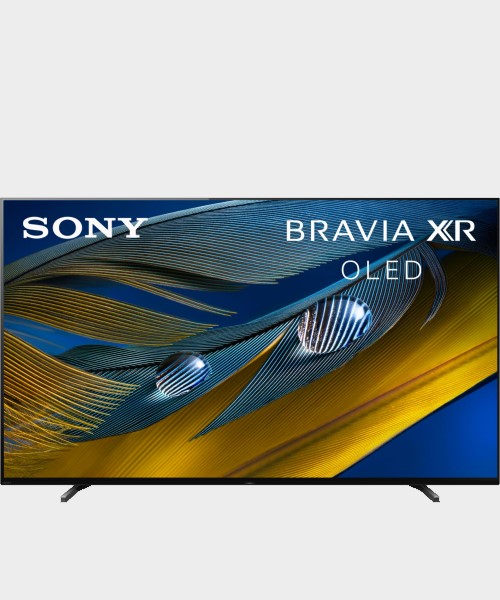
Sony's TVs offer up stunning picture quality, but the A80J does all that with a rock solid 120Hz refresh rate. What's more, you're getting four HDMI 2.1 ports.

With a super crisp Mini LED panel your games will absolutely sing thanks to the enhanced brightness benefits of this panel type compared to OLED.
Load the next 3 products ↓

If you're after the best QLED experience possible while still running a speedy 120Hz refresh rate, the Samsung QN90A is worth a look.
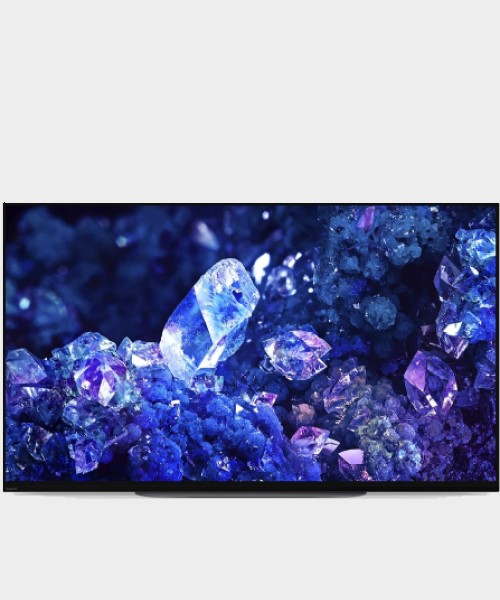
The Sony A90K brings luxury viewing to smaller screen sizes perfectly. That's great if you want luxury without the extra size.

It's a bit older, but still the OLED C2 offers up pretty similar abilities to the latest models at a now more affordable price point.
The best 120Hz 4K TV overall
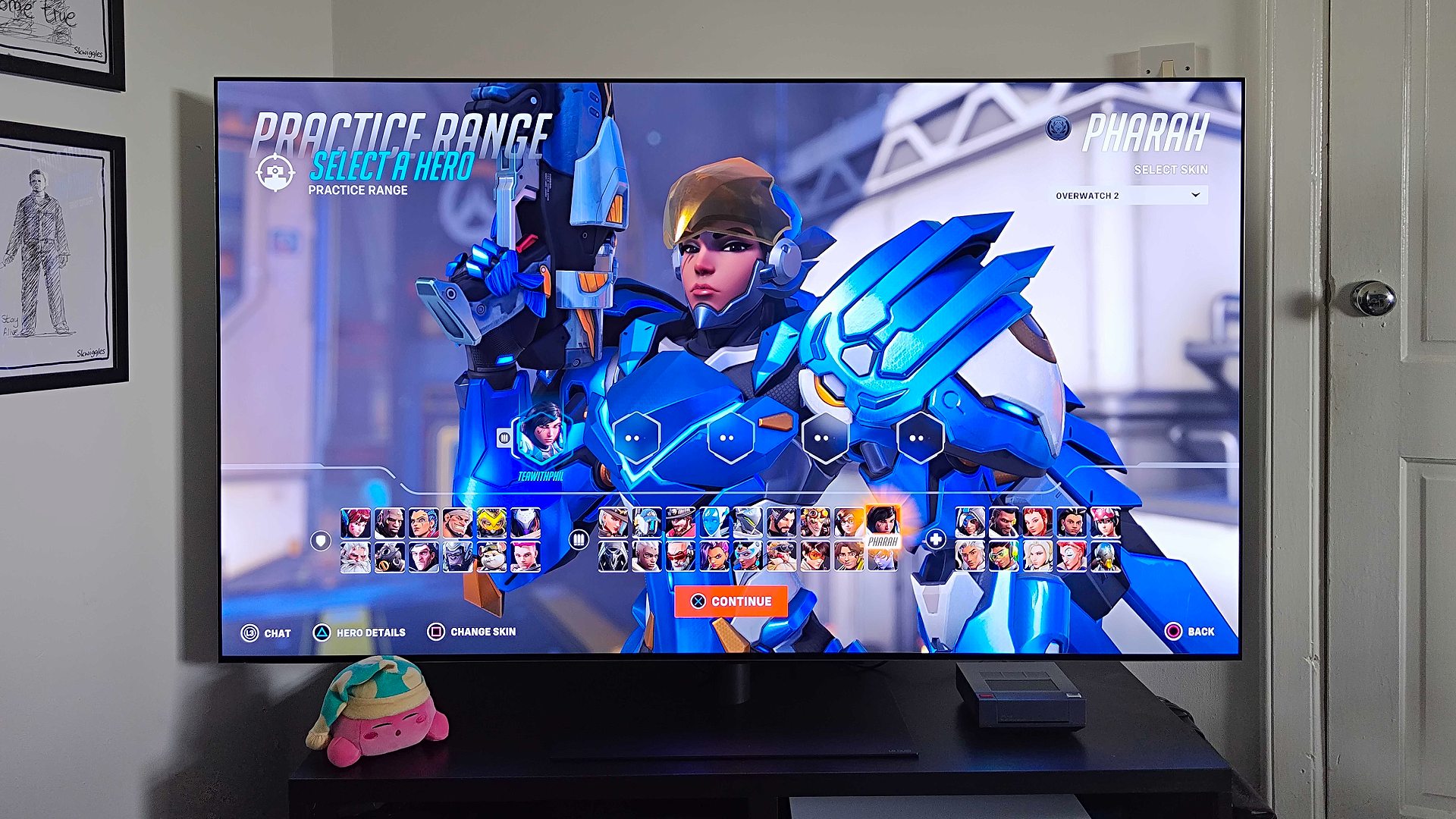
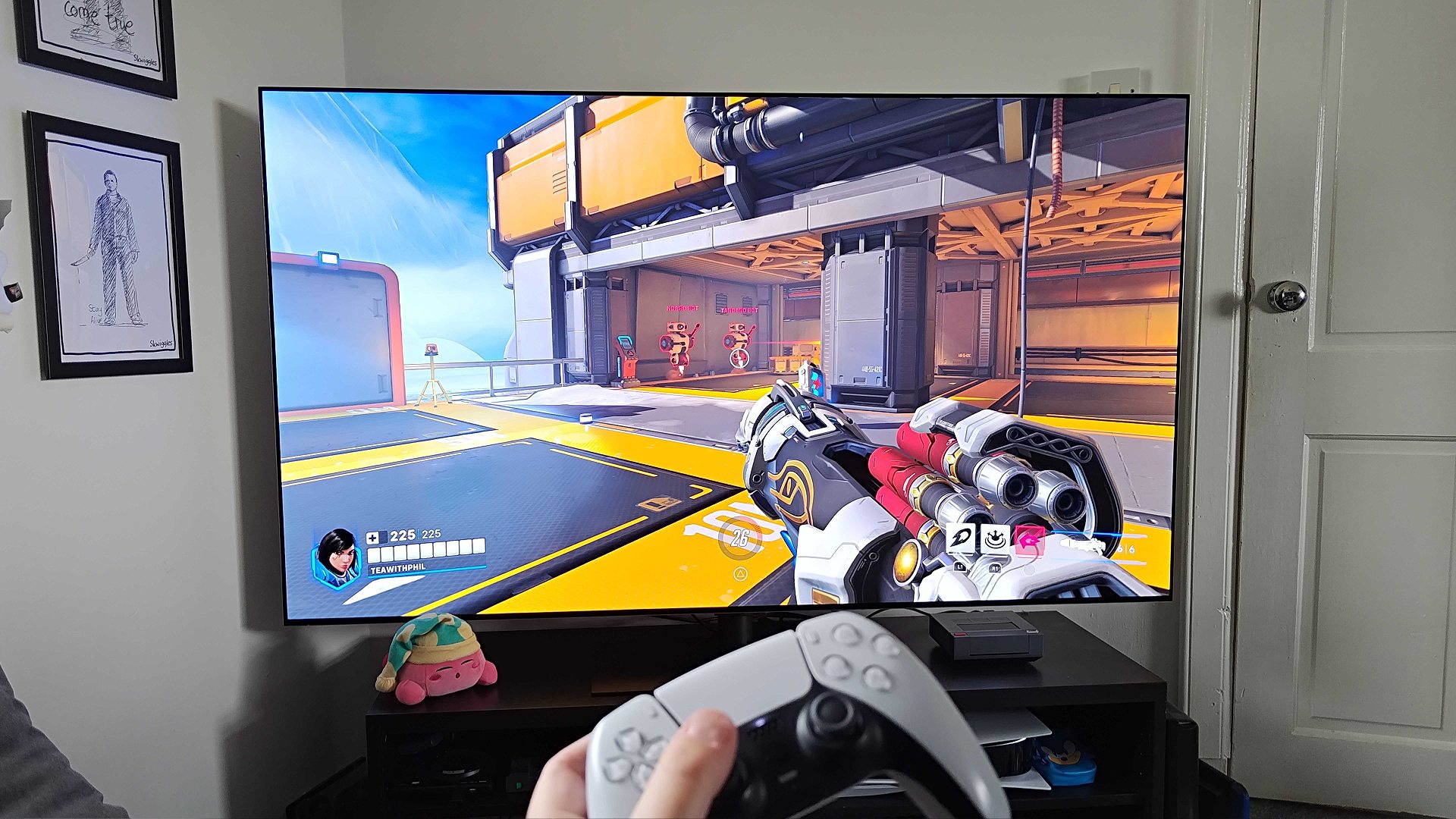
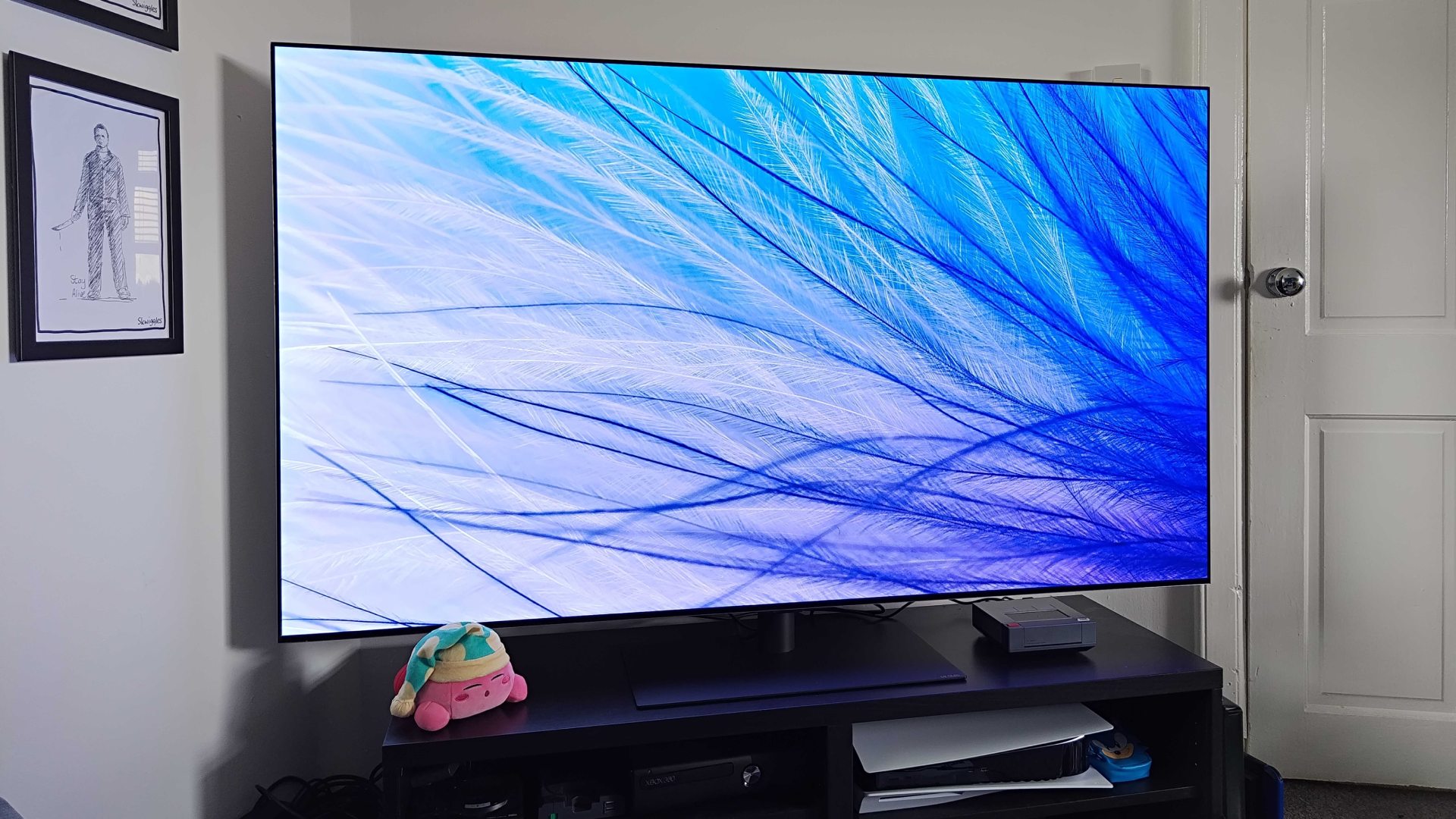

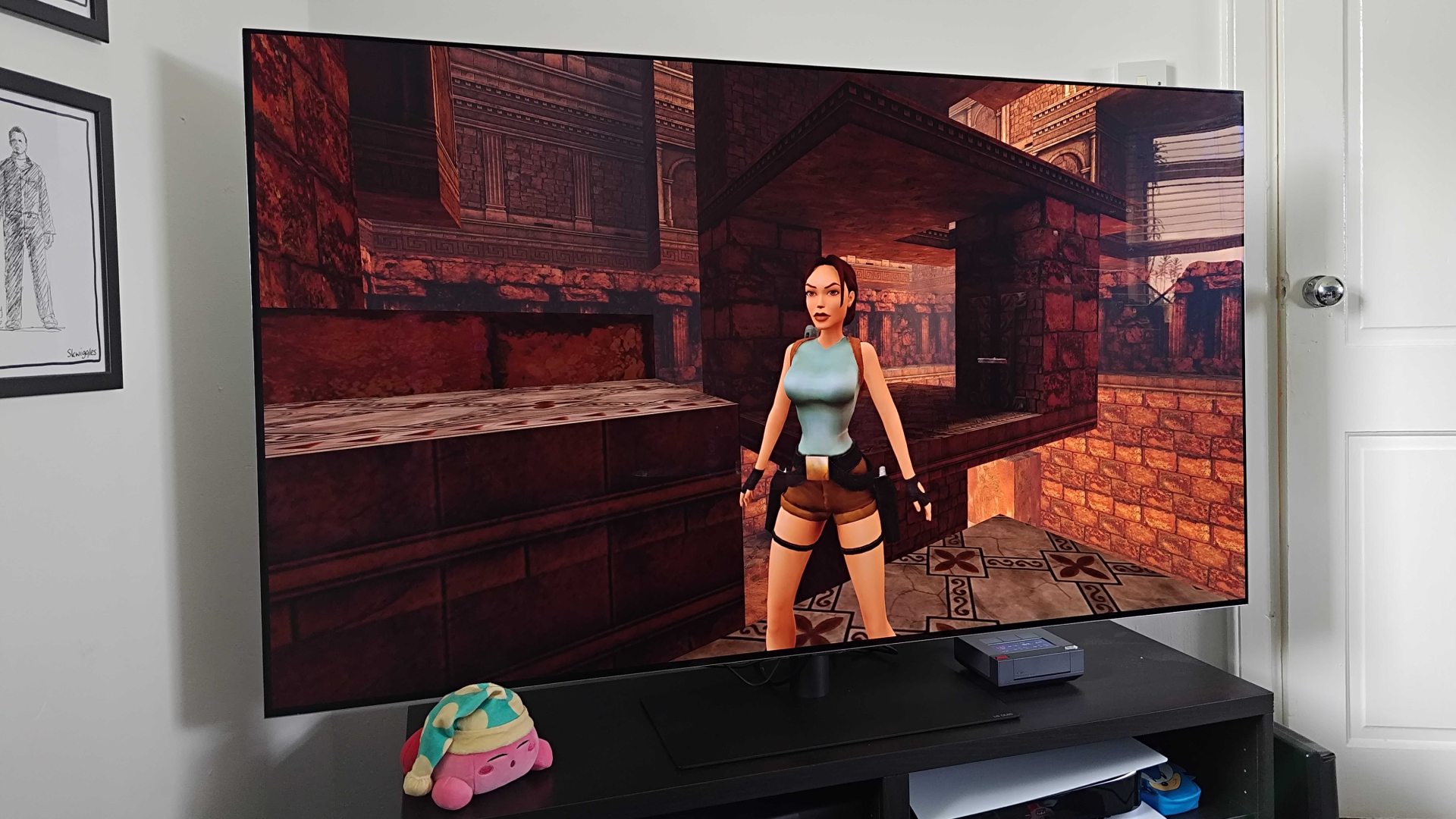
Specifications
Reasons to buy
Reasons to avoid
A natural evolution of last year's G3 model, the new LG OLED G4 uses Miro lens Array panel teck to take its OLED abilities to new heights. However, it also happens to be faster than its predecessor, ramping up refresh rates to 144Hz while still serving up 120Hz visuals for PS5 and Xbox Series X players.
Armed with four HDMI 2.1 ports, this screen is more than ready to handle your high-spec PC or new-gen console. By using LG's WebOS software, you'll be able to tap into a convenient game mode that will enable you to toggle options like VRR and HDR as well as switch between refresh rates. You'll automatically see the TV hit 120Hz when playing compatible games like Overwatch 2, but if you've got a rig, you'll be able to dial that up to 144Hz while taking advantage of Nvidia G-Sync and AMD FreeSync. No, this isn't just a big monitor, but the line is admittedly blurred in 2024.
Just like most modern TVs, the G4 looks like a standard rectangle from the front, with its pedestal stand providing most of its front-facing visual identity. Round the back is fairly standard too, but LG does include some nice cable management channeling while keeping the rear nice and slim, which is sure to please those of you looking to mount it flush to a wall.
In testing, we found that the OLED G4 made short work of 120Hz 4K content without compromising on colors, contrast, and fidelity. Shooters felt snappy with both a controller and a desktop PC setup, with mouse movements translating on screen with minimal latency or lag. We have no doubts that this screen's 0.1ms abilities could help it stand in as a massive gaming monitor alternative, and kicking things up to 144Hz for the 2024 model means you'll be prepared for future console specs.
It might be pricey, but if you're looking for the absolute best 120Hz experience in 2024 that can also tap into 144Hz, the LG OLED G4 will deliver. Managing to balance gorgeous OLED visuals with ultra-fast responsiveness is a mean feat, and one that makes this screen worth investing in.
The best 120Hz 4K TV for most
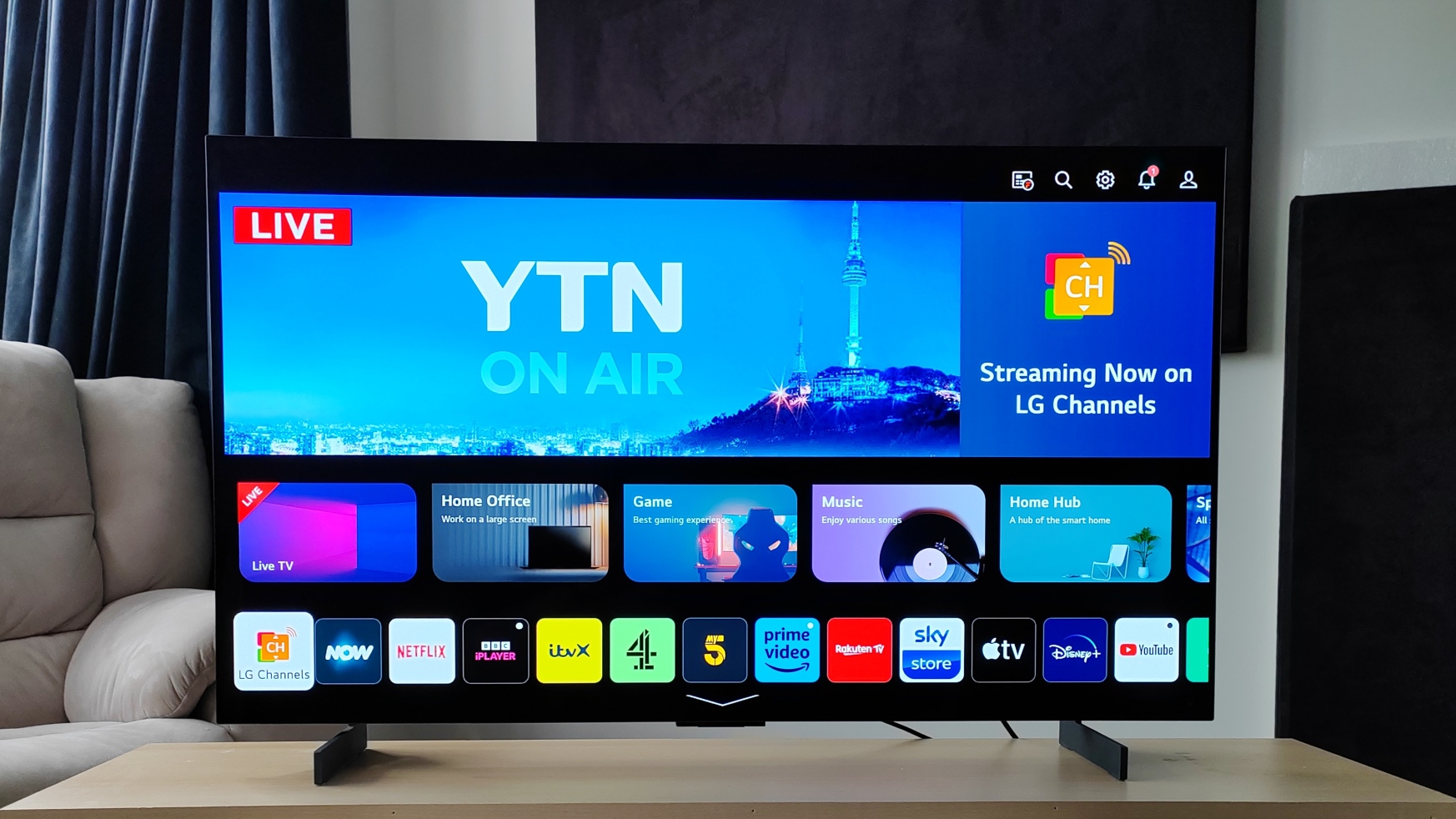
Specifications
Reasons to buy
Reasons to avoid
LG's OLED C3 series has a lot going for it, and it'll satiate both movie fans and high spec gaming enthusiasts alike. This 4K 120Hz screen wields an Alpha 9 Gen 6 processor and AI sound and vision capabilities, which compliments the panel's punchy contrast capabilities.
the OLED C3 also boasts excellent HDR, but lacks support for HDR10+ (the preferred HDR standard for services like Prime Video). That perhaps won't matter as much if you're purely planning on pairing the panel with a PS5, Xbox Series X, or a high spec PC, but it's worth keeping in mind if you're invested in the streaming side of things.
We think the TV excels as both an everyday screen and a near-field gaming display, thanks to universal 4K 120Hz HDMI support, VRR and ALLM coverage, and a dedicated game interface. Support for Freesync Premium and NVIDIA G-Sync VRR, make it suitable for high frame rate gaming. Latency is good. We measured input lag at 13.1ms (1080/60).
the OLED C3 also boasts excellent HDR, but lacks support for HDR10+ (the preferred HDR standard for services like Prime Video). Smaller versions within this series also aren't as bright as their larger counterparts (55-inch upwards) but options like the LG OLED42C3 TV still provides top-notch picture quality, extensive gaming features, and a sleek design.
The best value 120Hz 4K TV

Specifications
Reasons to buy
Reasons to avoid
The X90J represents the biggest update to Sony’s mid-range 4K HDR range in years. The brand has been treading water somewhat and has been particularly slow to roll out the kind of High Frame Rate HDMI functionality next-gen gamers have been demanding. The X90J sets out to fix that.
Two of its four HDMI inputs support 4K 120fps so that'll have you covered with any of the new-gen consoles, but, rather cutely, the TV will optimise picture parameters automatically for PlayStation 5 HDR, and automatically register whether the PS5 is playing video content or a game. Neat.
Picture clarity is outstanding, thanks largely to Sony’s new Cognitive XR Processor. This takes a rather different approach to picture processing than rivals and aims to replicate how people see objects in real life, by concentrating on natural focal points in the image. The screen is divided into zones and employs AI to determine where the ‘focal point’ is in the picture. It then concentrates its image processing on those parts of the picture. The only feature-based caveat is that we’re still waiting for a promised firmware update that will enable VRR (Variable Refresh Rate).
The X90J uses a Full-Array local dimming backlight system, which is precise enough to deliver deep blacks and plenty of dimensional shadow detail. There’s support for Dolby Vision too, but not HDR10+. Still, it does warrant IMAX Enhanced certification, which can’t be bad. The Cognitive Processor XR also handles audio, analysing the sound position within a signal to match what’s on the screen, and upconverting where necessary. This works well with Sony’s Acoustic Multi Audio System. Speaker drivers have been placed around the minimal frame, resulting in a larger, more involving soundstage.
Overall, we rate the X90J a winner and a great choice for a top 120Hz 4K TV - particularly if you have a PS5.
Read more: Sony X90J review
The best Samsung 120Hz 4K TV
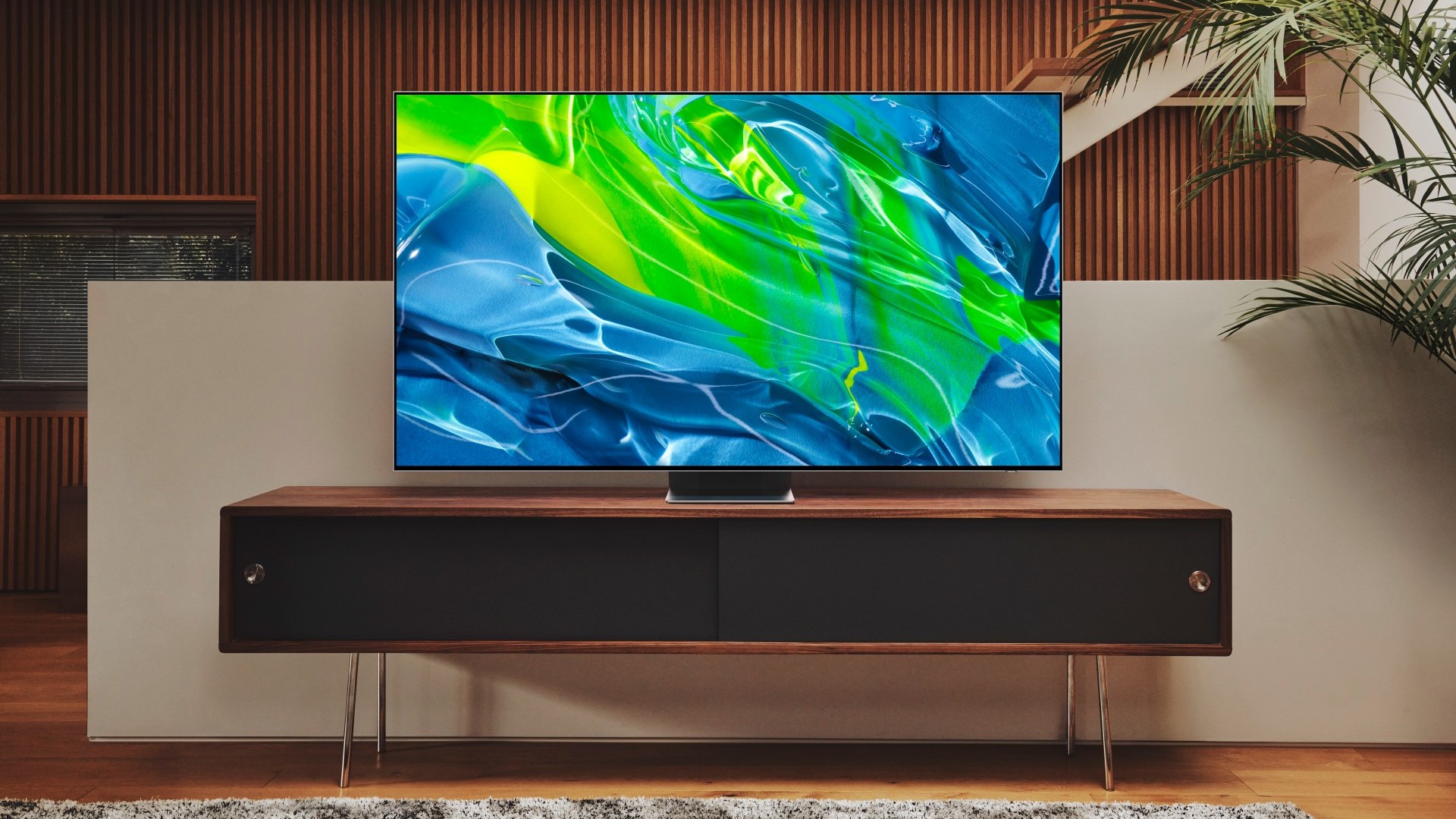
4. Samsung S95B
Specifications
Reasons to buy
Reasons to avoid
Gloriously slim, with class-leading luminosity, this first QD-OLED from Samsung is eye-catching in every sense and could be the ground-breaking new 4K 120Hz TV you've been looking for.
Combining the characteristic OLED black levels with the high peak brightness and the expanded colour volume of Quantum Dot technology, the S95B is a superb choice - particularly if you prefer to use your TV in a room with high levels of ambient light.
All four HDMI inputs are v2.1 and support 4K 120fps sources, while there's also VRR (Variable Refresh Rate) with NVIDIA and AMD FreeSync support, plus ALLM (Auto Low Latency Mode). Samsung also has a dedicated Game Hub interface. Input lag is low in Game mode; we measured it at 9.6ms (1080/60). HDMI 3 also has eARC, for use with a Dolby Atmos soundbar. In addition to this HDMI quartet, there’s a trio of USBs, a digital optical audio output, and Ethernet, and wireless connectivity covers Bluetooth and Wi-Fi - so you're well catered for no matter your setup
The smart platform of choice here is Samsung’s Tizen. It has a wide variety of streaming services on tap (Netflix, Prime Video, Disney+, AppleTV+, BBC iPlayer, to name just a few), as well as Samsung’s own TV Plus IP-delivered channel service. It’s also compatible with SmartThings-connected devices.
Of course, the key attraction of the S95B is its QD-OLED panel and matching Neural Quantum Processor. The latter uses AI-driven Optimization to manage sound and vision, so you don’t need to think too much about it.
The image quality is spectacular. The level of detail is excellent, and its HDR performance is remarkable. We measured peak HDR brightness in excess of 1400 nits. Unfortunately, there’s no support for Dolby Vision, but you do get HLG, HDR10, and HDR10+ compatibility. It’s not just peak HDR brightness which glows: the set’s average picture level is high and this makes it easy to view in bright rooms, but can make for a fatiguing watch. It’s not subtle, and even the Game mode looks overwrought. On the plus side, 4K 120fps playback is buttery smooth.
All things considered, the Samsung S95B is a highly impressive QD-OLED debut. Its peak brightness is phenomenal, and colour depth is high. It never looks particularly cinematic though, and even in Game mode, pictures can seem over-saturated. Some will love the presentation though, and it's a great 120Hz 4K TV that could be the beginning of a new wave of gaming TVs in the future.
The best Sony 120Hz 4K TV
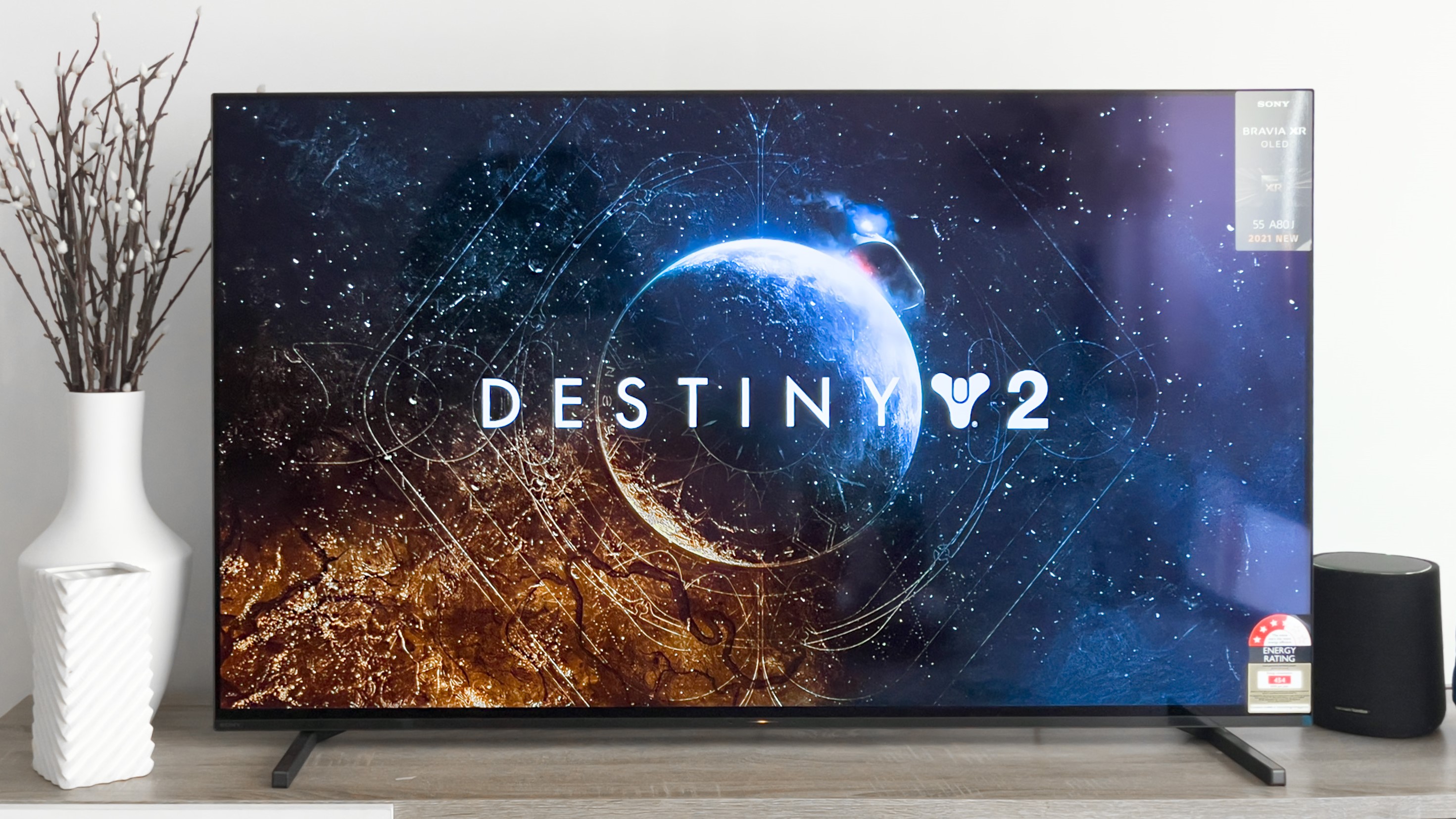
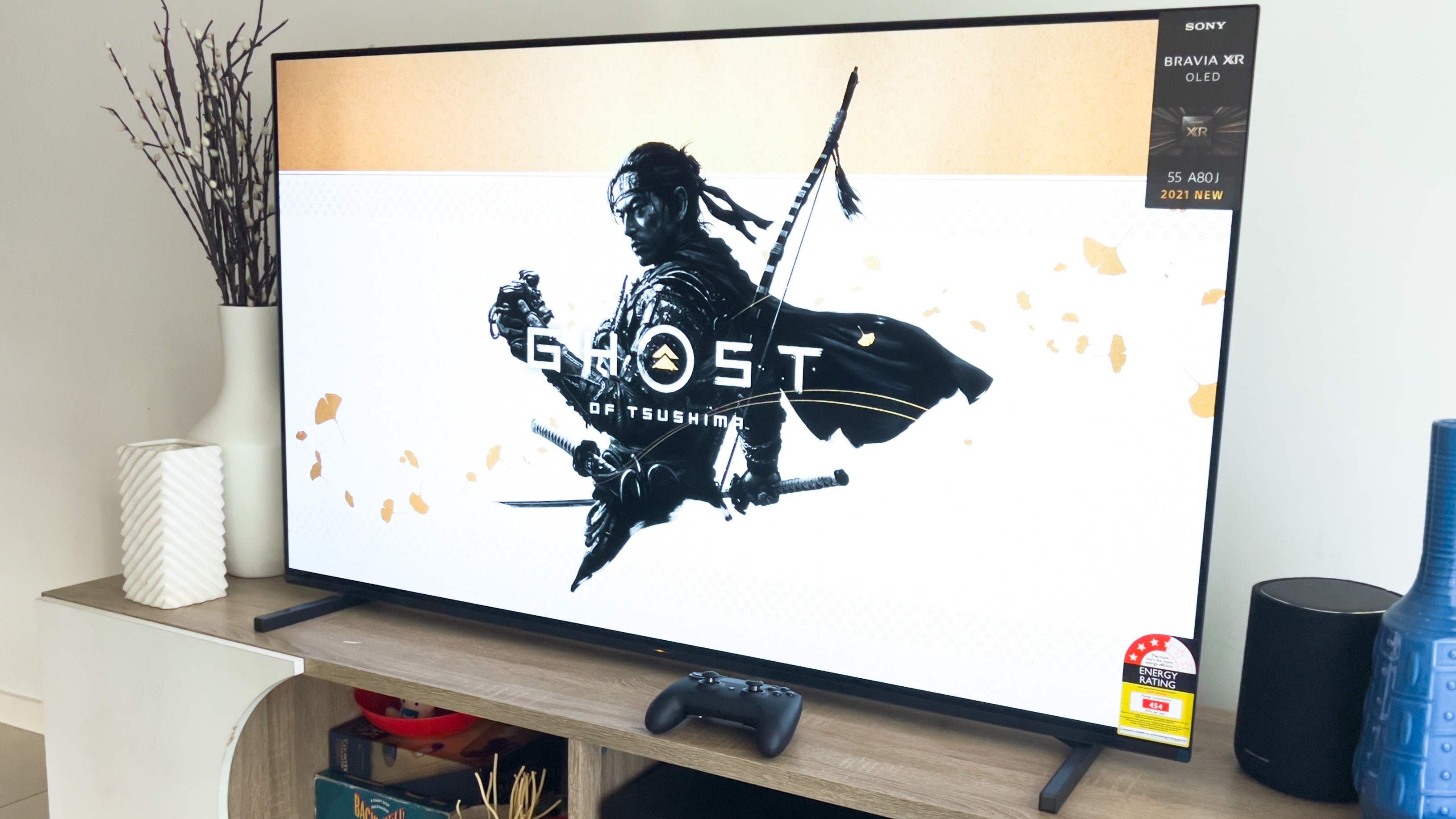

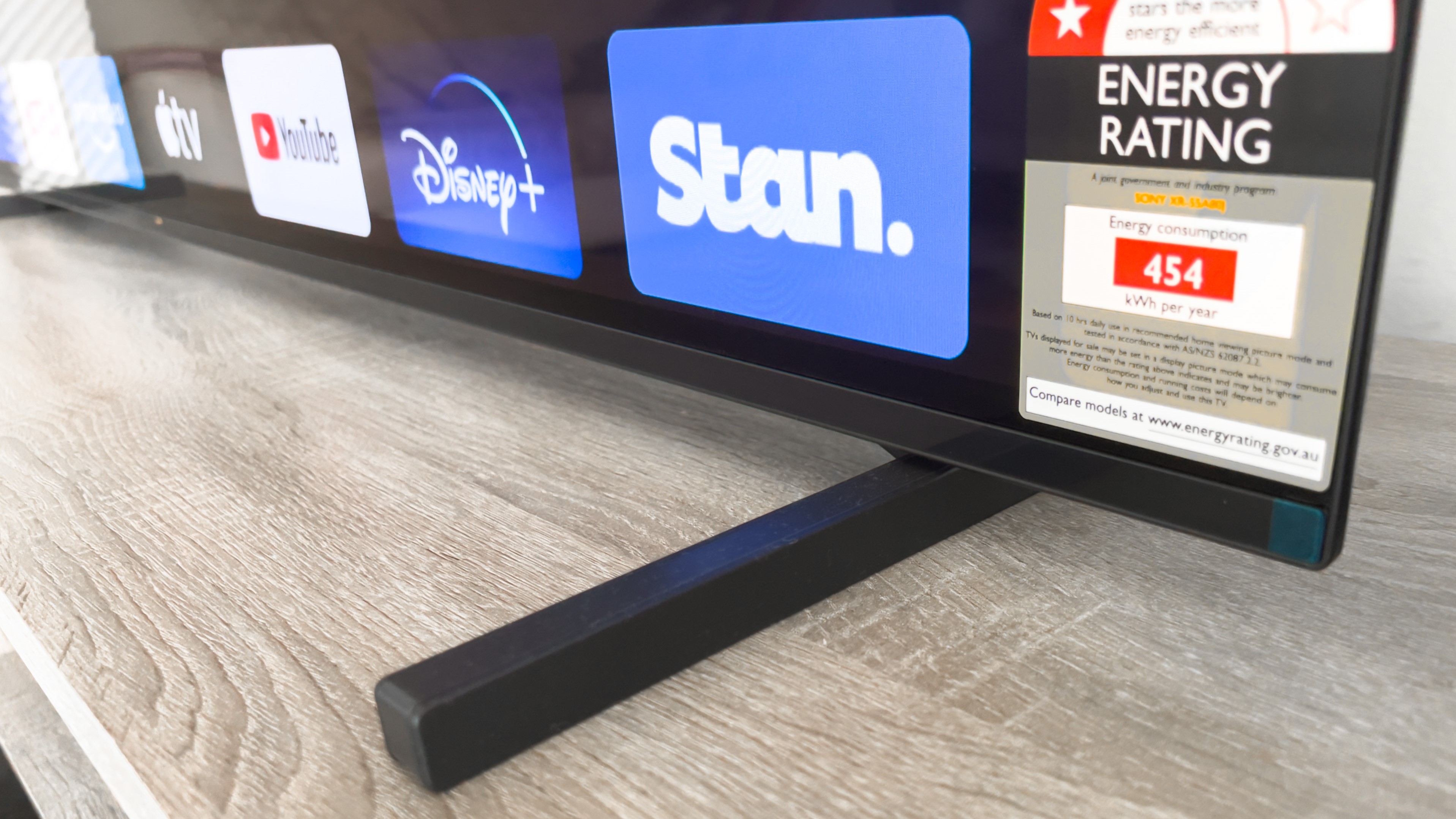
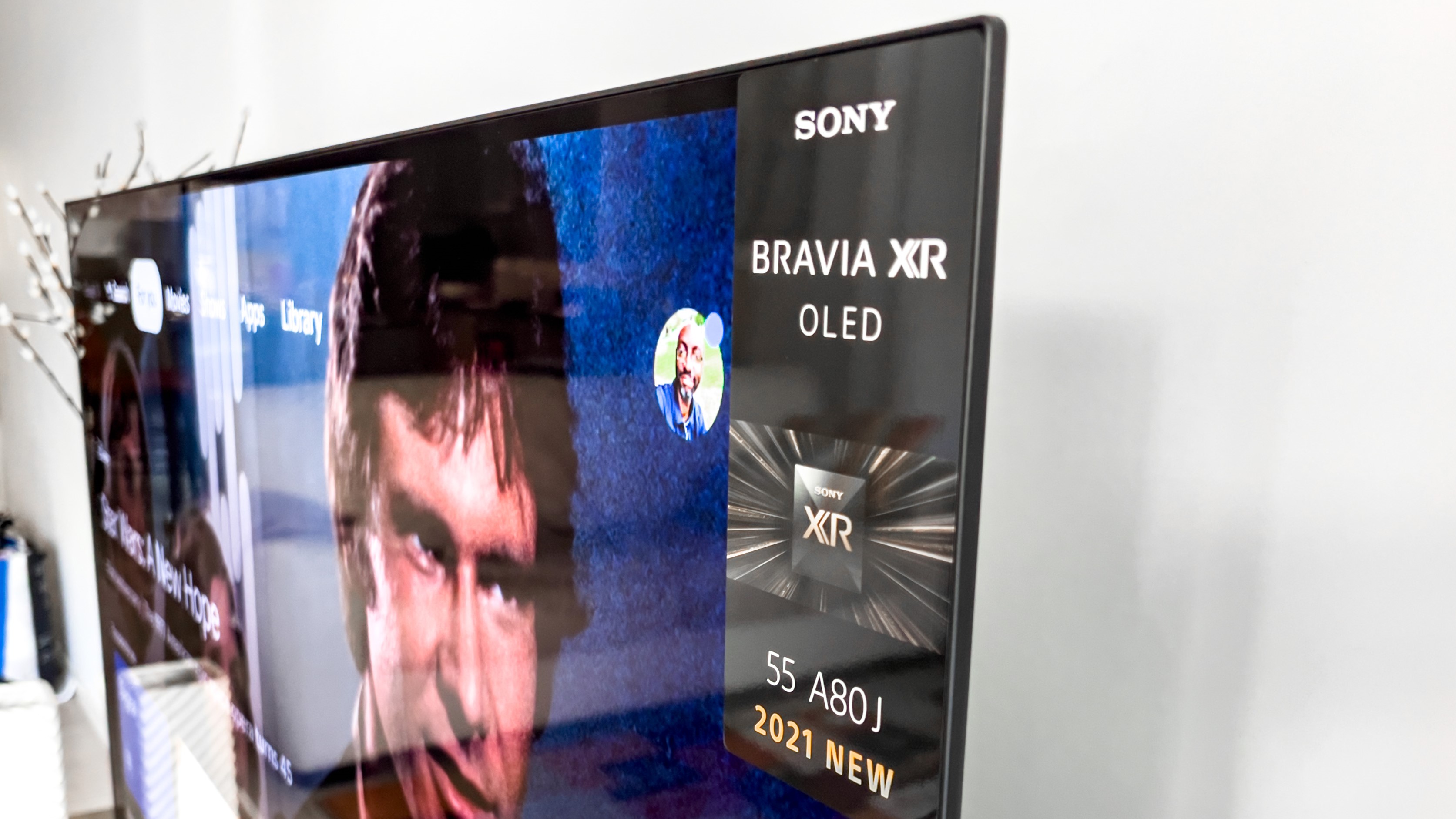
Specifications
Reasons to buy
Reasons to avoid
The A80J is one of Sony’s sleeper hits and is set within the second tier of their OLED range - but don't let that fool you as it is a quality option as your next 120Hz 4K TV - and a natural bedfellow for PS5s.
As a premium Sony TV, the A80J comes with all the essentials. It has 4 HDMI 2.1 ports with two that support ALLM and VRR for 4K 120Hz gaming. Gaming is fantastic on this screen thanks to the 120 Hz refresh and low latency under 10ms. It only recently got a firmware update that brought VRR but its implementation isn’t as seamless and smooth as that on LG or Samsung TVs. And unlike competitors, there isn’t a dedicated Game mode interface to fine-tune the TV’s gaming settings.
It boasts incredible picture quality in SDR and HDR thanks to Sony’s impressive Cognitive Processor XR. Movies are beautifully rendered in a cinematic film that is true to the director's intent. The exceptional contrast of OLED is put to excellent use here with deep inky blacks and clear, bright highlights. It’s not the brightest TV in the world but viewing it in the daytime and in bright lights was still a pleasant experience. The A80J also supports Dolby Atmos Audio on top of doing native 3D surround upscaling of any audio source going into the TV. The TV can also live scan your room to best calibrate the sound. We found the sound adequate but like most TVs, a sound bar or sound system is recommended.
Overall, the Sony A80J is a great alternative to LG and Samsung panels even though it doesn’t quite match their gaming prowess.
Read more: Sony A80J review
The best 120Hz 4K Mini LED TV
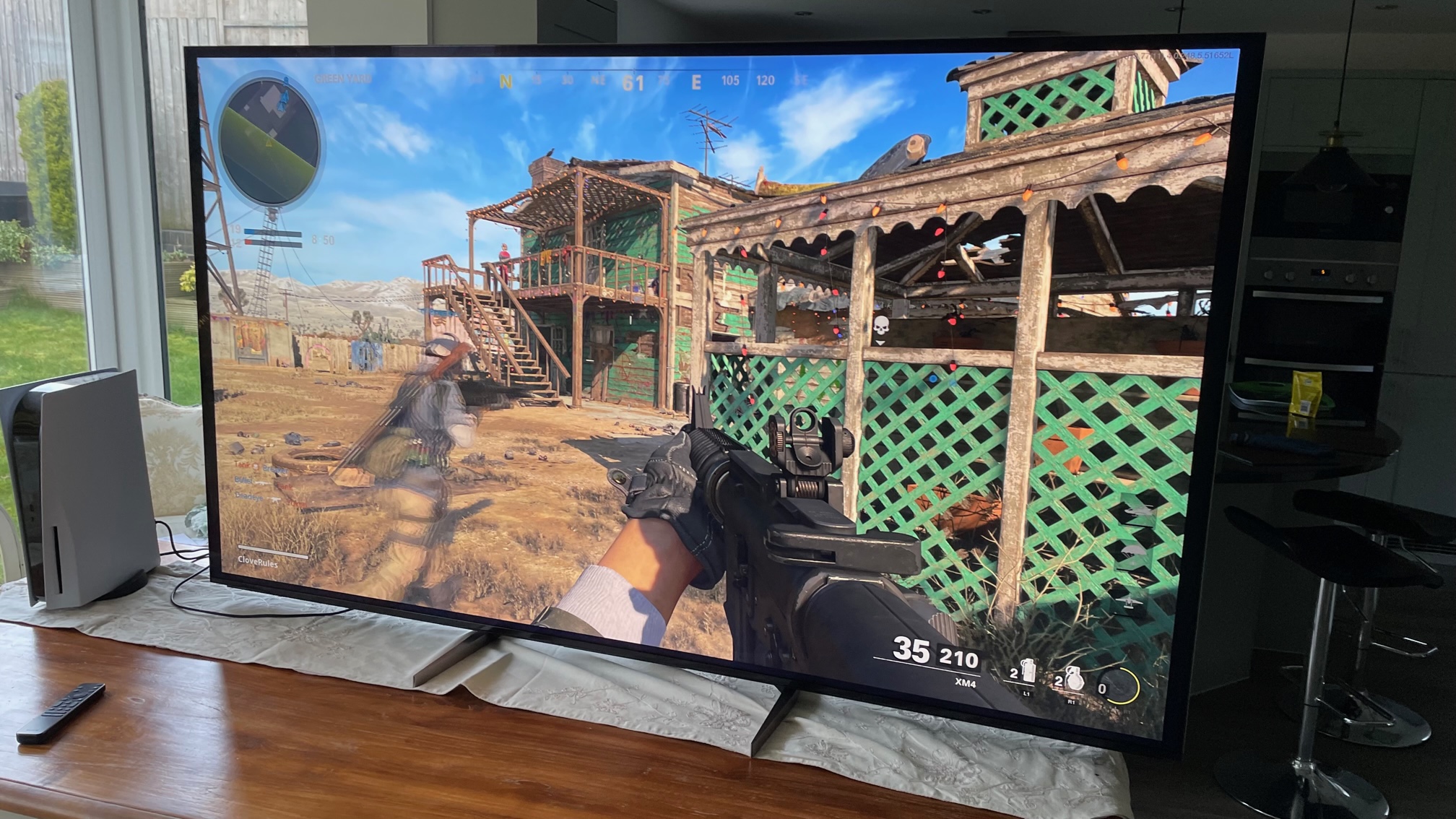

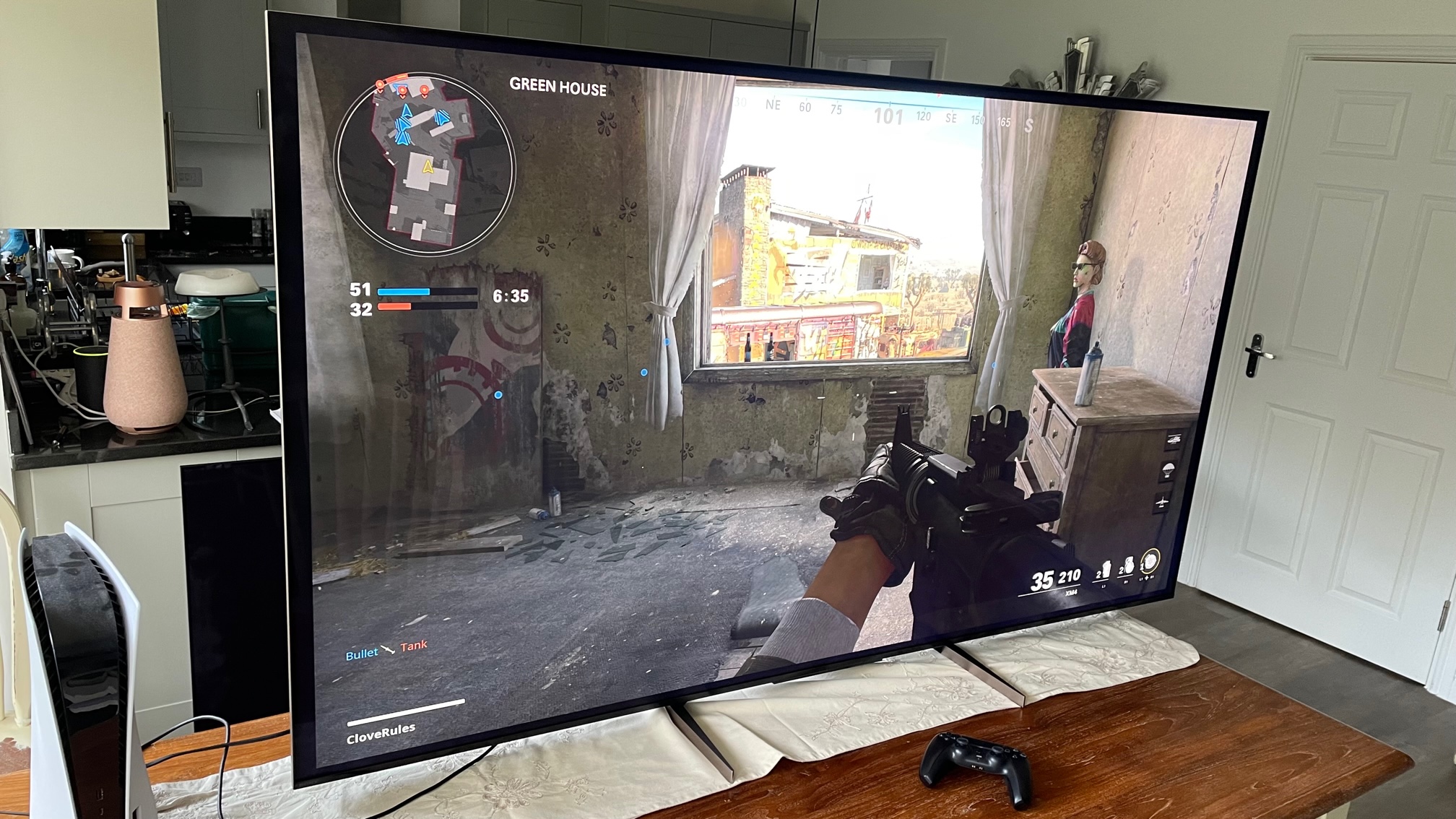
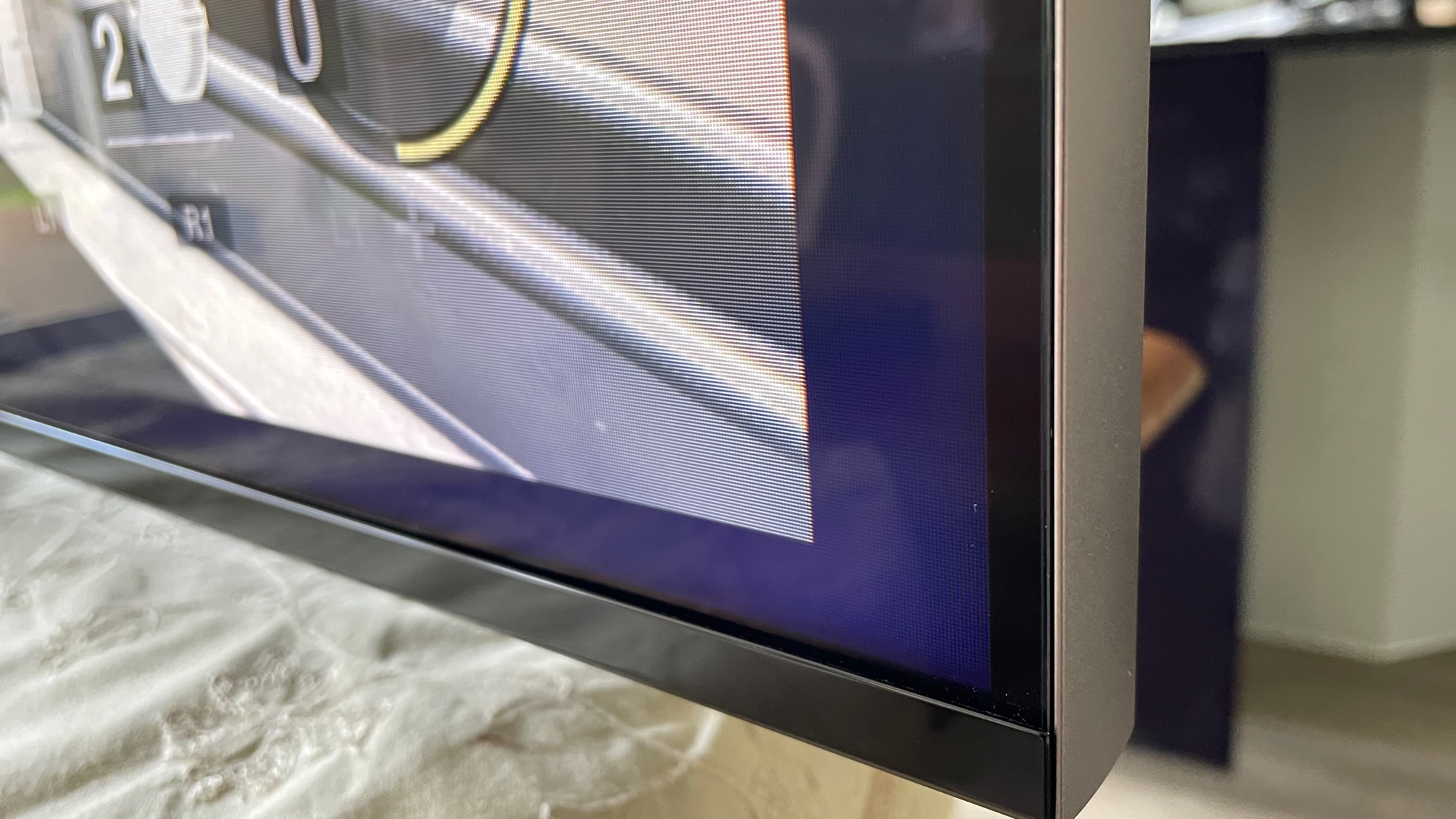
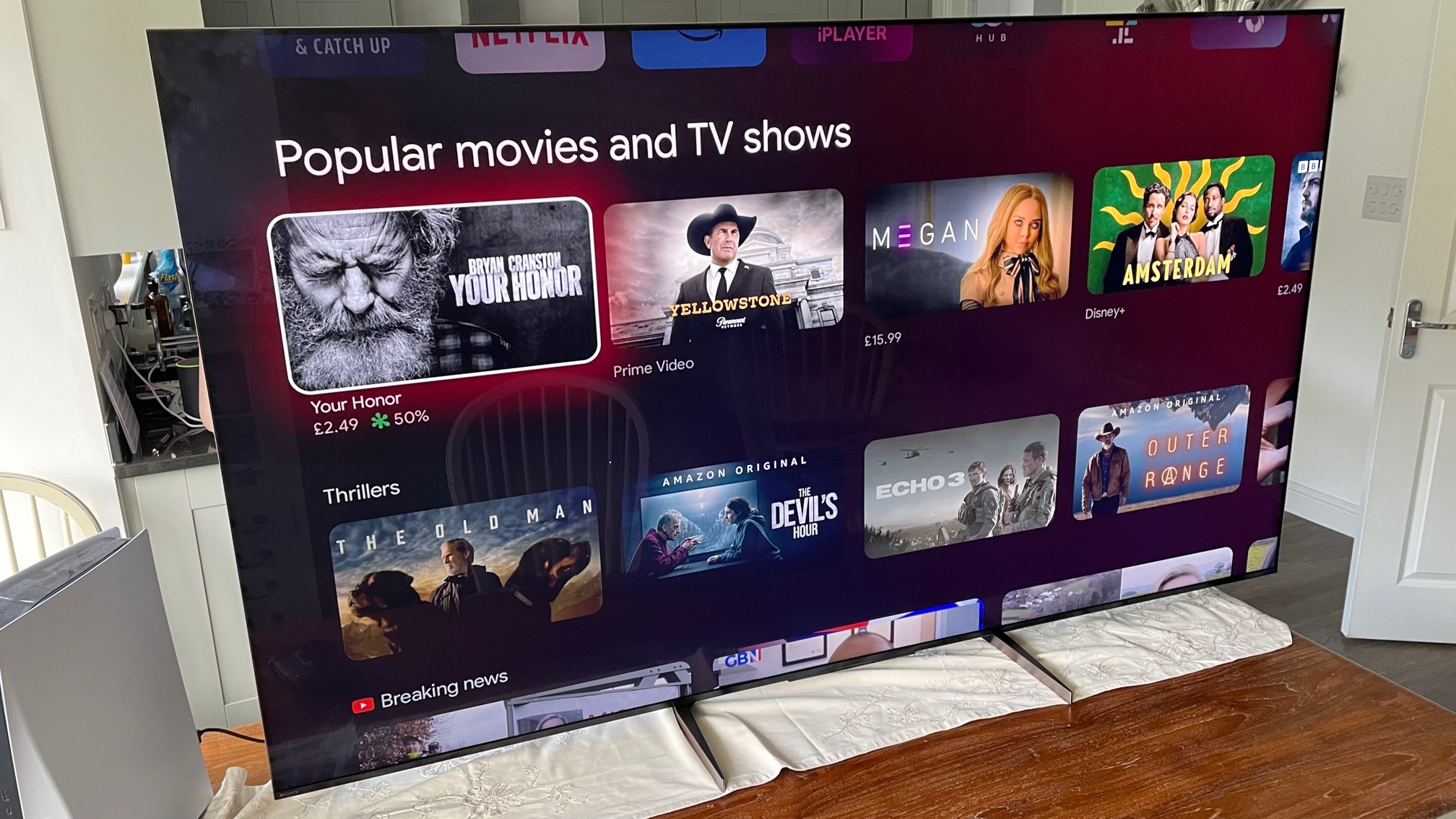
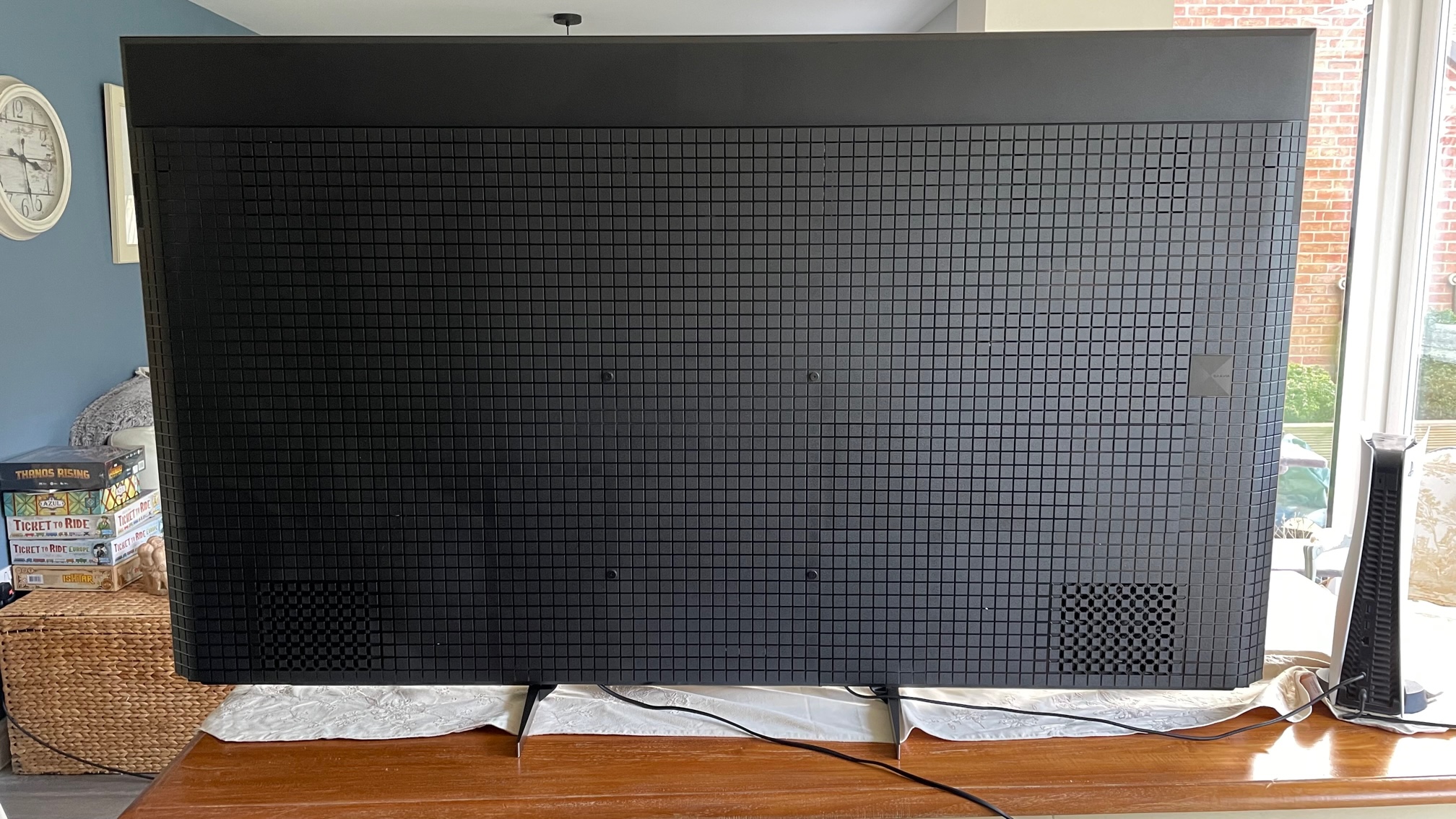
Specifications
Reasons to buy
Reasons to avoid
The XR-75X95K is Sony’s first ever TV to deploy Mini LED technology - a system where using much smaller LED backlights allows far more of them to be squeezed into the TV’s 75-inch screen, delivering potentially more brightness and, even more importantly, finer light controls.
Controls are backed up by an impressive 600 separately controllable dimming zones. The cutting-edge screen technology is backed up by support for 4K/120Hz gaming, VRR and Dolby Vision HDR - though the two gaming-specific features here only work across two HDMIs, not all four. Smart features are provided by Google TV. This isn’t our favourite smart system due to its rather overwhelming and sometimes dictatorial feeling home screen. But it’s content rich and easier to get on with than its Android TV predecessor.
You’d never guess this was Sony’s first Mini LED rodeo from its picture quality. Immediately we were struck by how bright and colourful its images looked with both gaming and video sources, with its brightness, in particular, pushing comfortably beyond anything OLED screens can currently achieve. This ensures HDR pictures in particular enjoy spectacular, lifelike intensity and richness - though over time we also noticed how all this raw spectacle isn’t coming at the expense of an appreciation for the finer things in life such as pretty much infinitely subtle colour blending and shading, excellent shadow detailing, and precious little sign of lost shading and details in the very brightest HDR picture areas. Black levels and backlight controls are mostly excellent by LCD TV standards too.
The best QLED 120Hz 4K TV
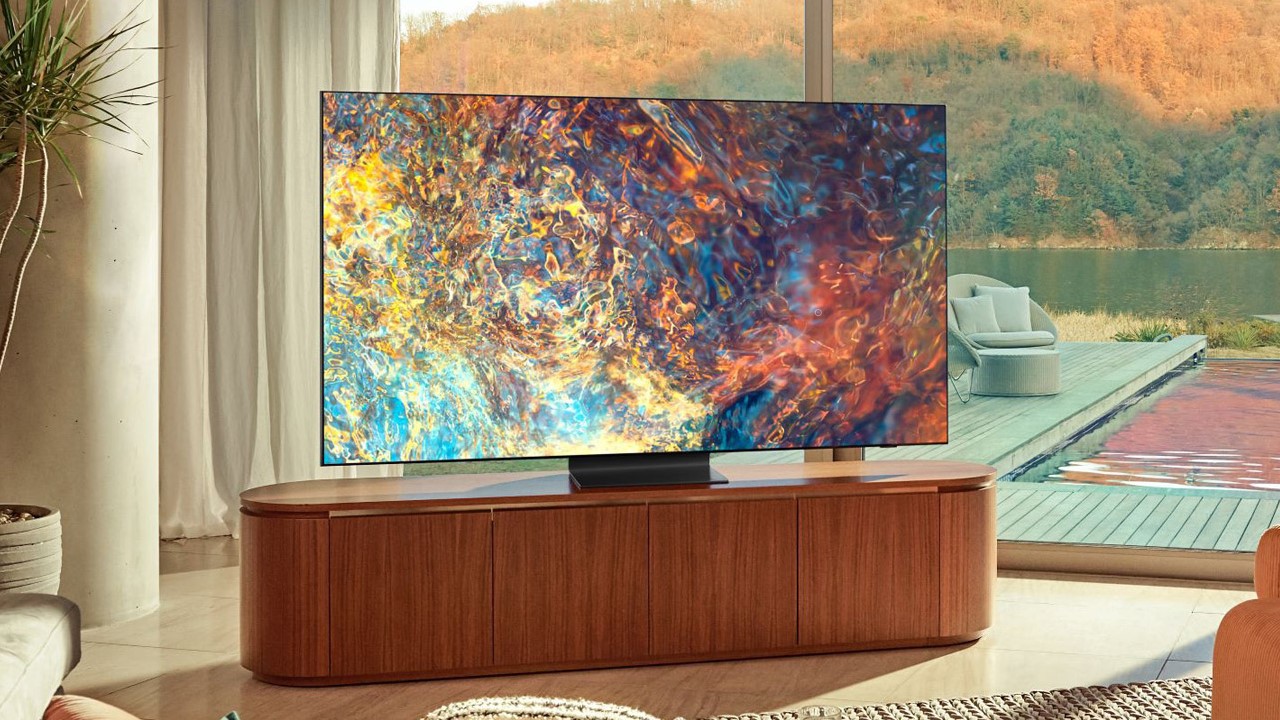
Specifications
Reasons to buy
Reasons to avoid
Taking its already-brilliant QLED panel tech and going even further with it, Samsung's 2021 range of TVs come in no better form than the QN90A/QN95A. This has Mini-LED-powered 4K flagship has deep blacks, terrific quality, vibrant colours and contrasts, and exquisite HDR management.
Image quality is superb, thanks to an advanced AI-powered Neo Quantum 4K processor, while an Intelligent Mode optimises all sources, making it an easy screen to live with, whatever you watch, and whatever you prefer.
The television comes with one of Samsung's One Connect Boxes which connects to the set via a fibre optic cable, while an extra unit to factor into the setup, this does allow for four HDMI 2.1 connections meaning anyone with a multi-gaming-device setup is surely catered for well. Smart connectivity is provided by Tizen, Samsung’s smart TV platform and there’s a wide range of apps available, including Netflix, Prime Video, Apple TV+, Disney+, and Now, plus all the usual catch-up TV services.
New on the QN95A is the Game Bar, a dedicated interface for tweaks and adjustments. Latency is very good: we measured input lag at 10.1ms (1080/60), in standard Game mode. When it comes to HDR, HDR10, HLG, and HDR10+ Adaptive are all supported, but there’s no Dolby Vision compatibility, which is a shame - but still doesn't impact the overall performance of the TV.
Even the TV sound system is nicely improved and very good, thanks to Samsung’s OTS+ sound system. Overall, a stunning high-end TV option, and if you want the absolute best 4K QLED screen Samsung makes, then the Neo QLED QN95A is it. File under expensive, but ridiculously good.
For information, this television is referred to as the QN90A in the US, while in the UK and Europe is called the QN95A. There are only the mildest of actual differences between the two and they are, in essence, the same panel.
Read more: Samsung QN95A review
The best small 120Hz 4K TV
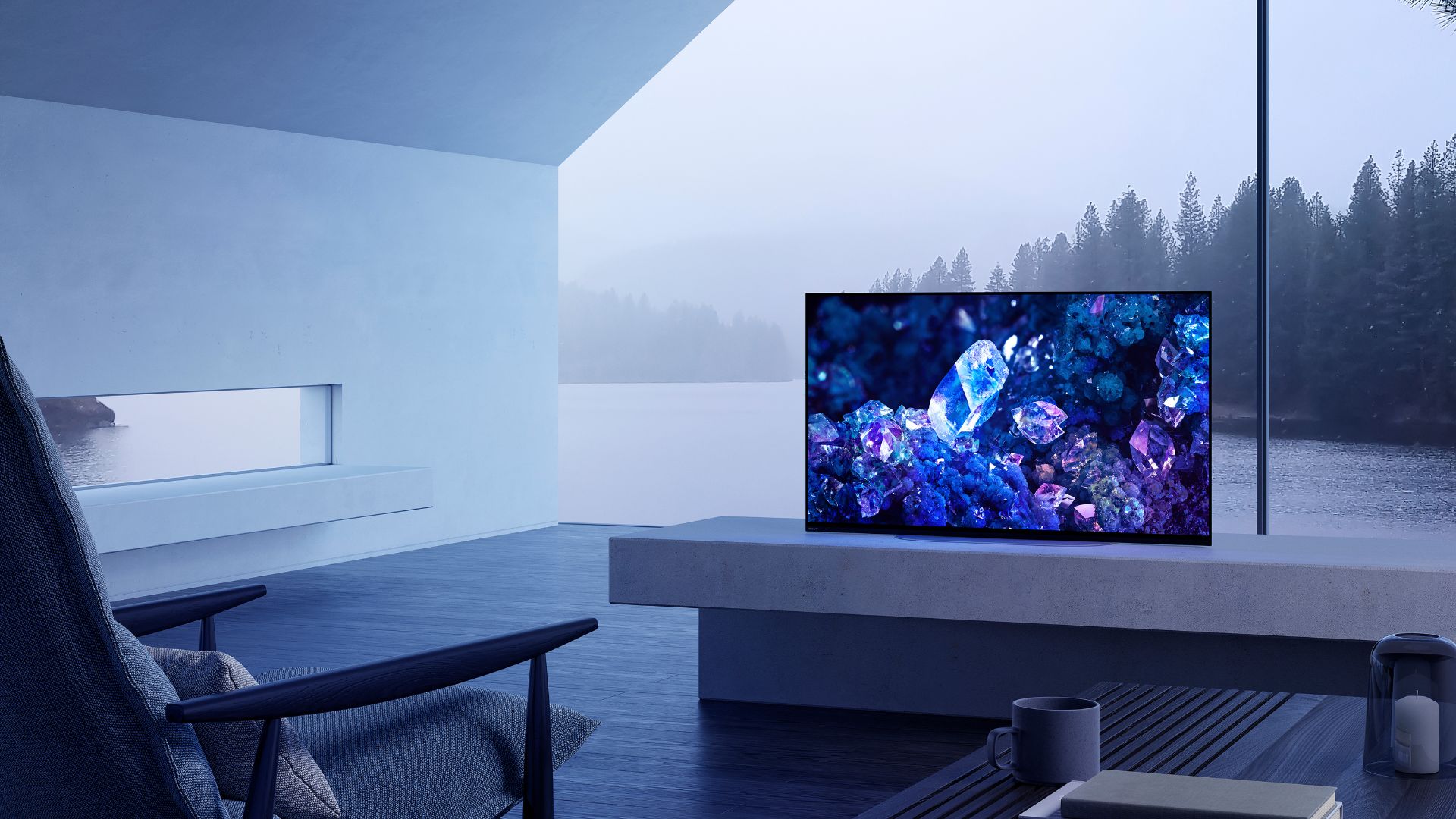
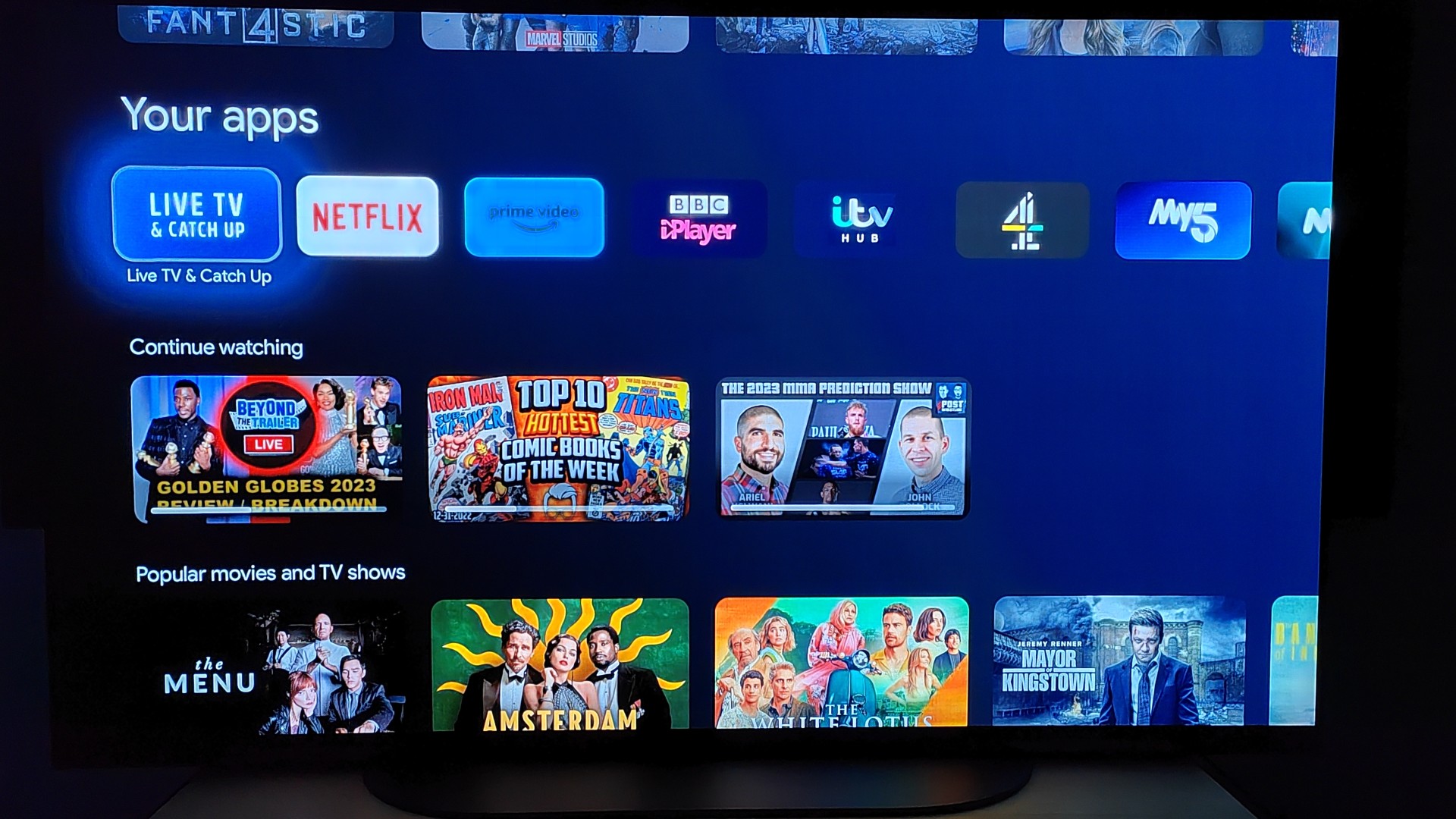

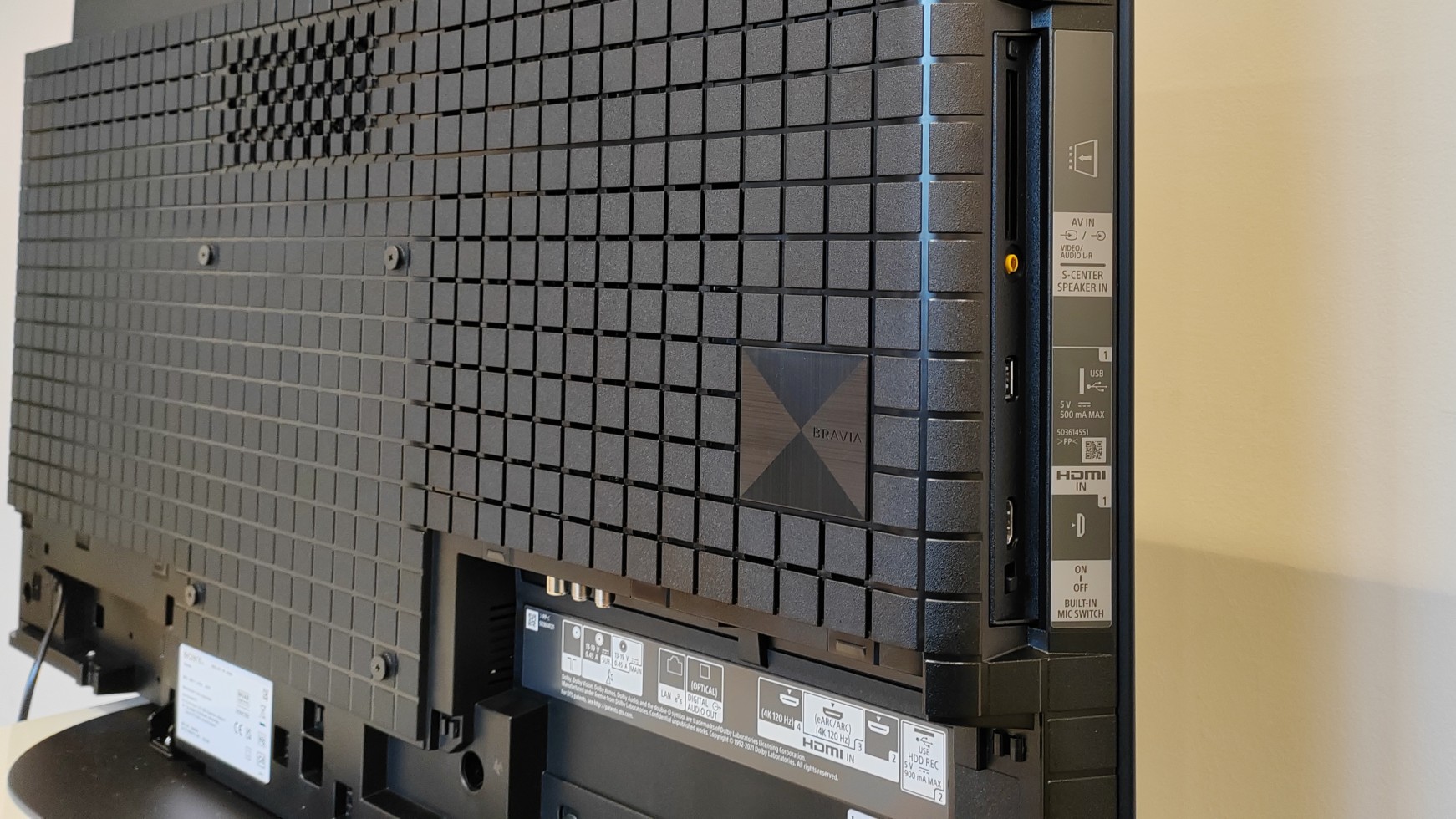
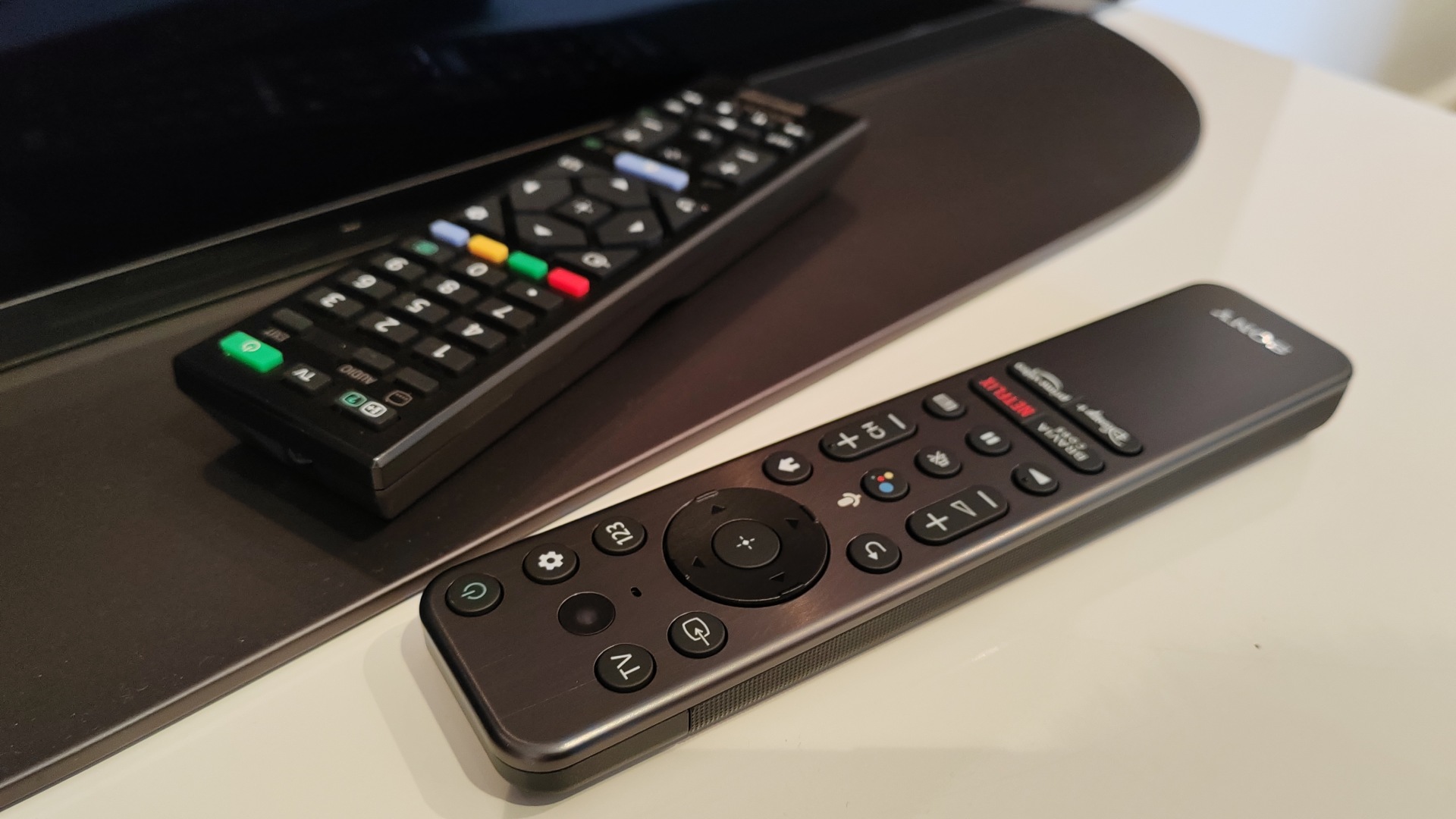
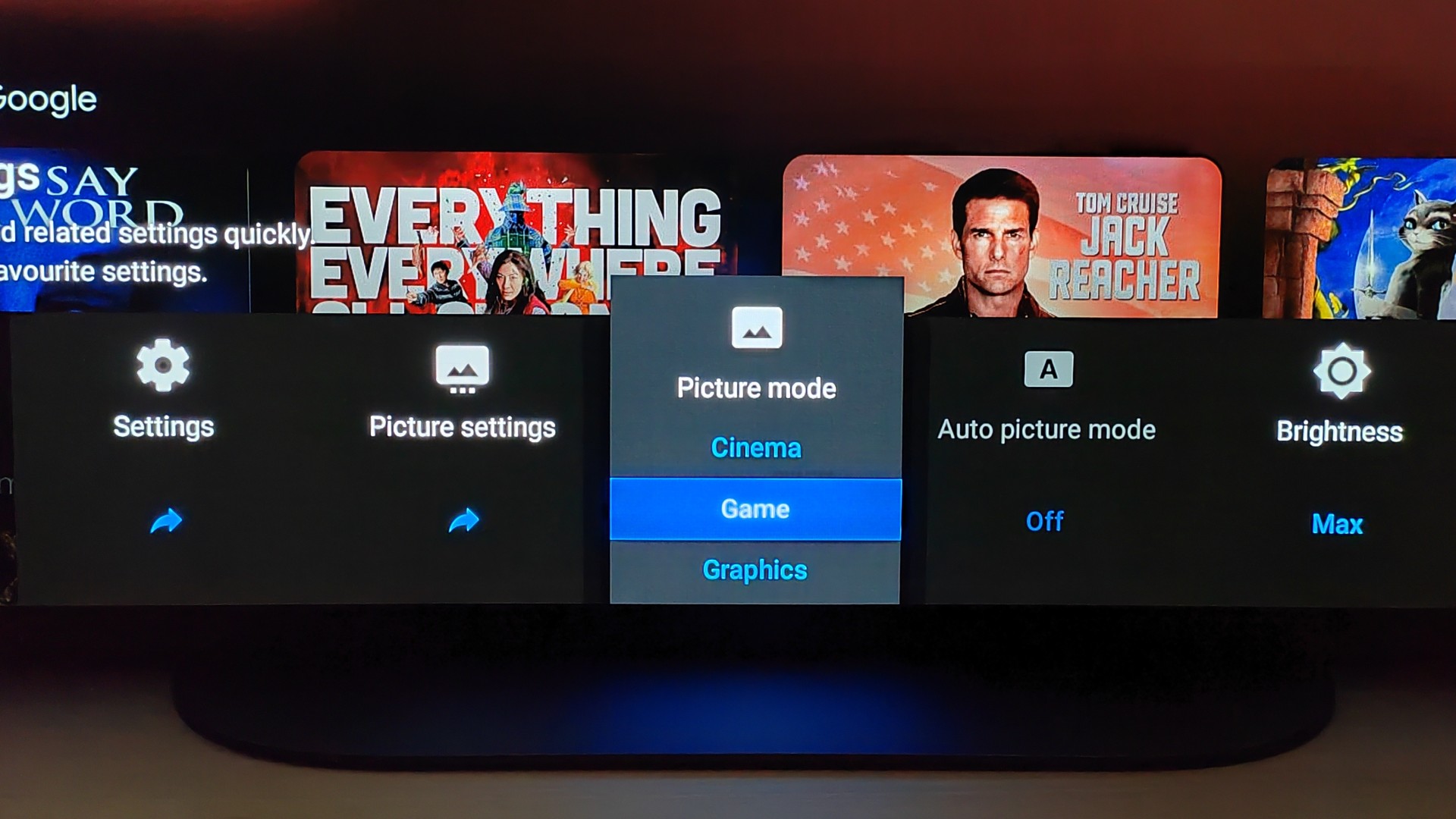
Specifications
Reasons to buy
Reasons to avoid
This Sony A90K OLED TV might be relatively bijou, but it’s packed with advanced picture-making tech. Also available in a 48-inch version, this set shines as both a near-field gaming monitor, an everyday TV, and a fine small-scale 120Hz 4K TV.
The star of the show, and key to its outstanding image clarity, is Sony's Cognitive Processor XR, which cleverly prioritises the elements of an image that our eyes naturally focus on. The result is a presentation that’s always detailed and dynamic. The A90K looks great with 4k streaming services, and the 4K 120fps gameplay is velvety smooth.
A downsized version of Sony’s Acoustic Surface Audio+ delivers crisp audio, courtesy of actuators that vibrate the screen. This technology works fine for dialogue clarity, but falls short when it comes to bass depth; the A90K can sound a little thin. There are four HDMI inputs, two of which are v2.1 enabled and capable of 4k 120fps playback. These also support VRR (Variable Refresh Rate) and ALLM (Auto Low Latency Mode). One of the v2.1 inputs supports eARC but that happens to be one of the HDMI 21. ports... The set also has two USB inputs, a digital optical audio output, and Ethernet for Bluetooth and Wi-Fi connectivity.
Overall HDR performance is good, with high peak brightness measured at 700 nits with a 5 percent patch. HDR support covers Dolby Vision, HDR10, and HLG, but there’s no compatibility with HGiG, the HDR gaming standard. Connect a PlayStation 5 and you’ll benefit from Auto HDR Tone Mapping and Auto Genre Picture mode selection, which is useful. Input lag is average though, just 15ms (1080/60).
Overall, the Sony A90K is a superb-looking small-screen OLED 120hz 4K TV, but be aware of the niggles before you buy.
Read more: Sony A90K review
The best 120Hz 4K TV for deals
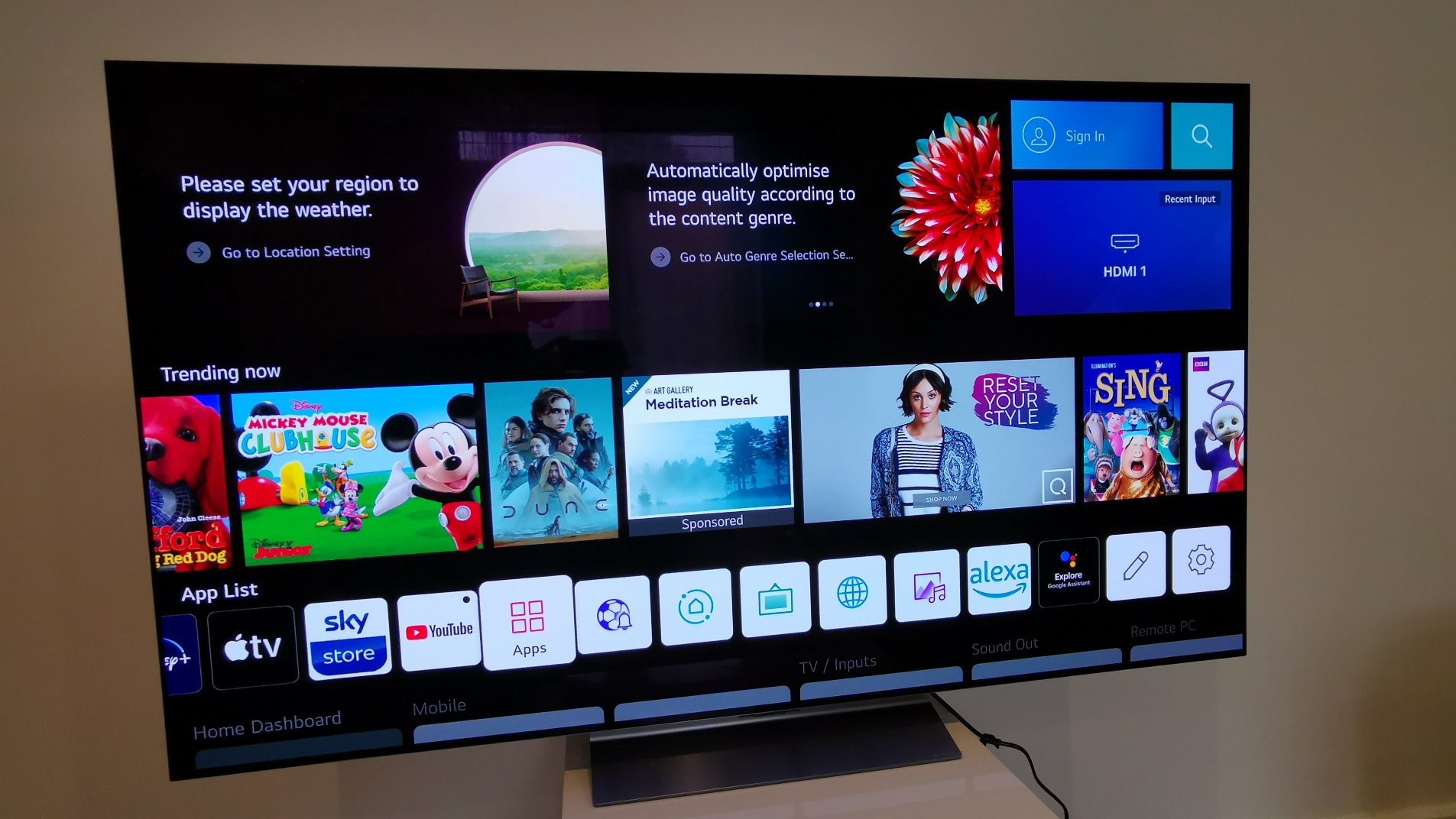
Specifications
Reasons to buy
Reasons to avoid
The LG C2 is a feature-packed, high-end 4K OLED with novel Brightness Boosting technology and a full fist of gaming support that we couldn't help but fall in love with during our testing. It's one of the best 120Hz 4K TVs of 2022, for sure - but costs a fair bit more than its C1 predecessor.
At the heart of the C2 is an all-new processor: the Alpha 9 Gen 5. It’s this that powers the set's Brightness Boosting technology, which uses algorithms to enhance the brightest areas of an image in real-time and improve HDR handling. The result is a big improvement on last year’s C1 model. We found the overall image quality to be outstanding, with superb clarity, zero banding, and fabulous shadow detail.
The key spec for this TV in this guide is that all four HDMI inputs are v2.1 certified and support 4K 120Hz. On top of that, there’s extensive VRR compliance too, including NVIDIA G-Sync and AMD FreeSync. Throw in the set’s Game Optimizer that puts all key gaming parameters in one place, and an input lag of 13.1ms (1080/60), and you can see why this has all the makings of one of the best 120Hz 4K TVs of 2022, hands down.
Elsewhere, the TV sports a slick new cosmetic design that should keep fashionistas happy, and we love LG’s cosmetic tweaks: the bezel is virtually non-existent, and the panel also sits on a more conventional central pedestal, which reduces the need for wide AV furniture. As for tweaks on the inside, there's a very well-appointed smart platform, webOS 22, which comes with all key streaming services, including Netflix, Prime Video, Disney+, and Apple TV. It’s compatible with Google Assistant and Amazon Alexa smart systems, too, for voice control of inputs and channels, as well as content search when used alongside LG’s own ThinQ AI platform.
Overall, we found this to be - perhaps predictably - a truly stunning OLED display, and while there’s a high price to pay for being so absolutely fabulous, particularly when compared to its C1 predecessor, it's so worth it, and absolutely one of the best 120Hz 4K TVs of 2022.
Read more: LG OLED C2 review
Best 120Hz 4K TVs: FAQs
Is 120Hz really necessary?
No, using an 120Hz is more a luxury than a necessity, and 60Hz displays are completely fine. However, that's not to say higher refresh rates aren't beneficial, as you'll experience smoother, more responsive visuals and gameplay if you plug in a PS5 or Xbox Series X.
What is the highest refresh rate for 4K TV?
Typically, the highest 4K TV refresh rate you'll find is 144Hz, with 120Hz starting to become the norm when talking about high-end screens. That said, Samsung has announced a 900D model that can apparently handle 8K 240Hz, meaning premium standards could change again soon.
Do all 4K TVs support 120Hz?
No, not all 4K TVs support 120Hz, as you'll need a display with HDMI 2.1 compatibility. You're more likely to find a gaming monitor that can reach a higher refresh rate than 60Hz than something for the living room, even though the line is blurred between the two.
Is Motion rate 120 the same as 120Hz?
Motion rate 120 refers is a software method of emulating 120Hz on a 60Hz screen. Naturally, that means the refresh rate on screen hasn't actually changed, but processing adds an effect that arguably looks convincing. If you'd rather stick with the real deal, however, you'll want to hunt down a TV that actually has a high refresh panel.
How we test 4K 120Hz TVs at GamesRadar+
Why you can trust GamesRadar+
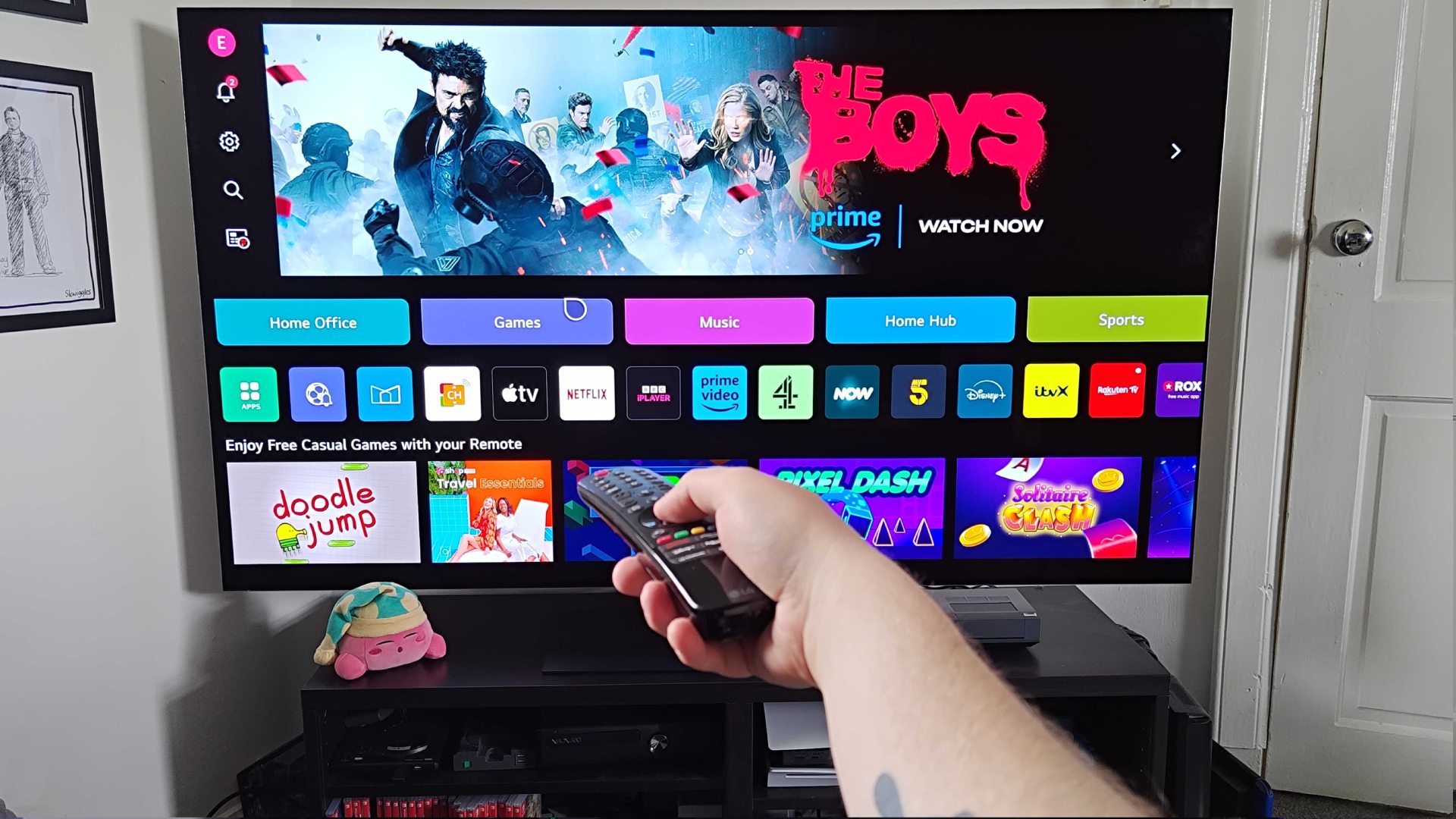
We've got a savvy team on experts on hand who put 4K 120Hz TVs through their paces using the latest consoles and graphics cards. Pairing high spec screens with the right hardware is vital, as it enables us to test out each model's refresh rate and resolution while assessing vital qualities like fidelity, contrast, and color.
Typically, we tend to hook up 4K 120Hz review TVs to the Xbox Series X, PS5, and a high end gaming PC during testing. This provides us with plenty of games that support both a high refresh rate and UHD resolution, which main selling point of every screen on the above list. That said, we also take a close look at general specs, design, features, and performance to ensure what we're testing is both good value for money and a quality product, as no body likes a one trick pony.
For more information, check out our full Hardware Policy for a rundown on how we approach all of our reviews and testing.
Want to check out some of the latest TV deals at the best retailers? These stores often have some excellent sales running:
USA: Amazon | Dell | Best Buy | Walmart | Newegg
UK: Amazon | Currys | Very | Argos | AO
If you prefer your screens enormously big, then check out the best 4K projector and best projector for PS5 and Xbox Series X.
Weekly digests, tales from the communities you love, and more

Phil is the Hardware Editor at GamesRadar and joined the team in 2023. In the past, they've also contributed to the likes of TechRadar, The Daily Star, the BBC, and PCGamesN, but these days, they specialize in testing the latest gaming handhelds, monitors, TVs, and PC components. They're also extremely nerdy about retro consoles and playing the classics on both new and old systems.


